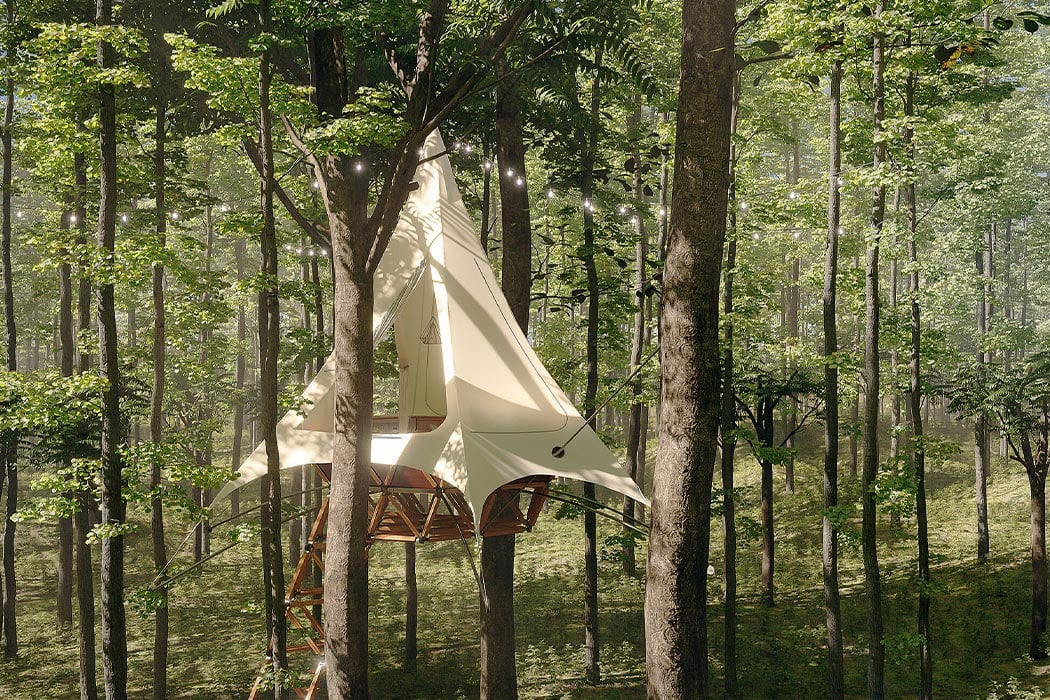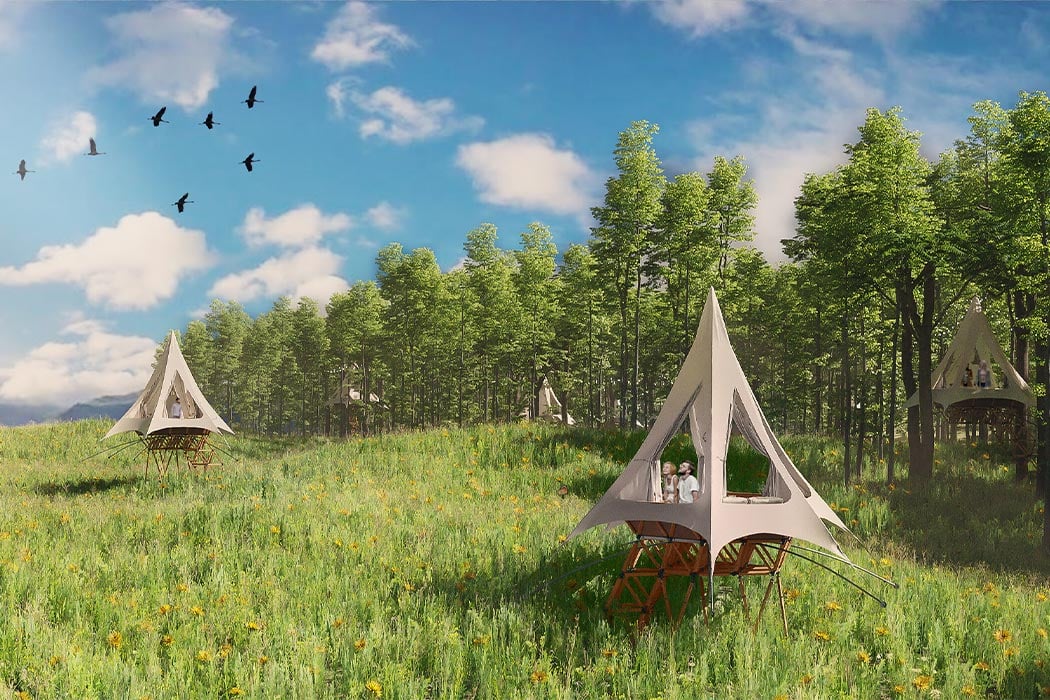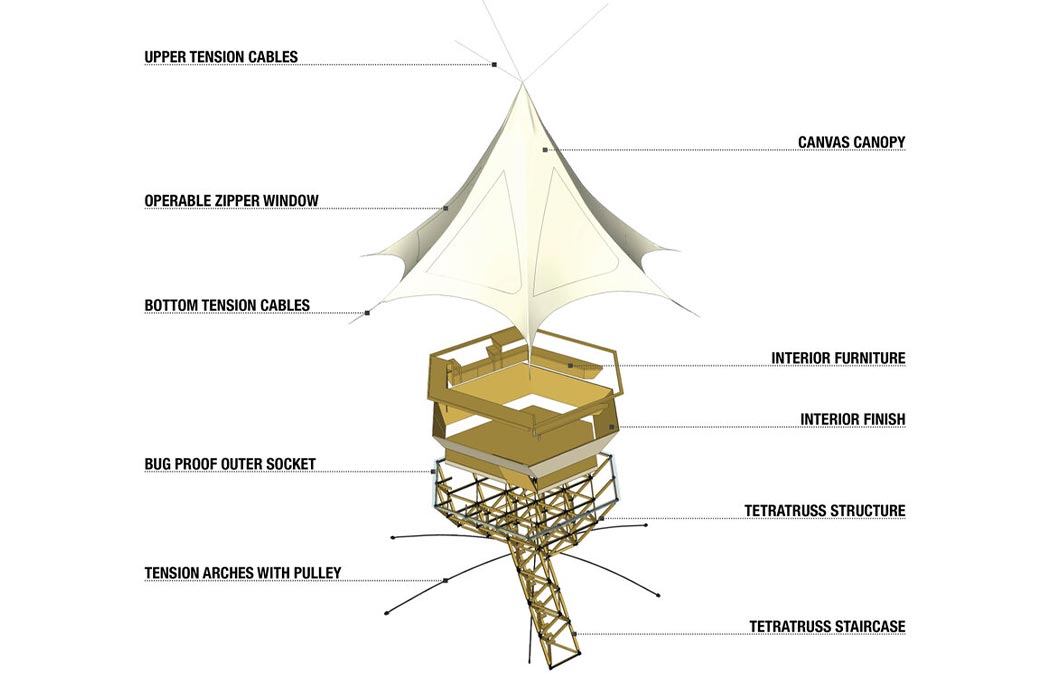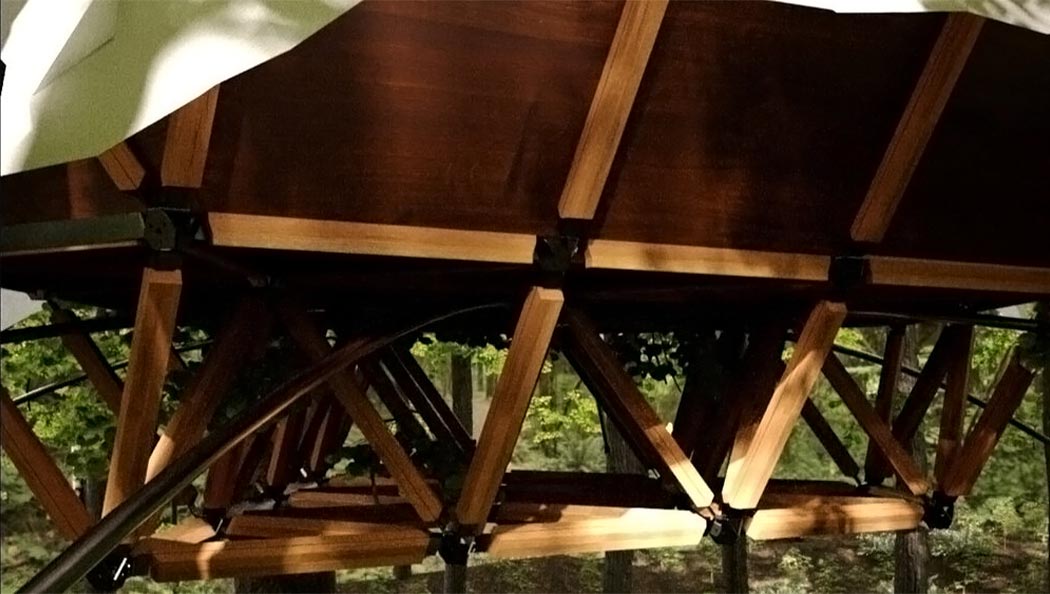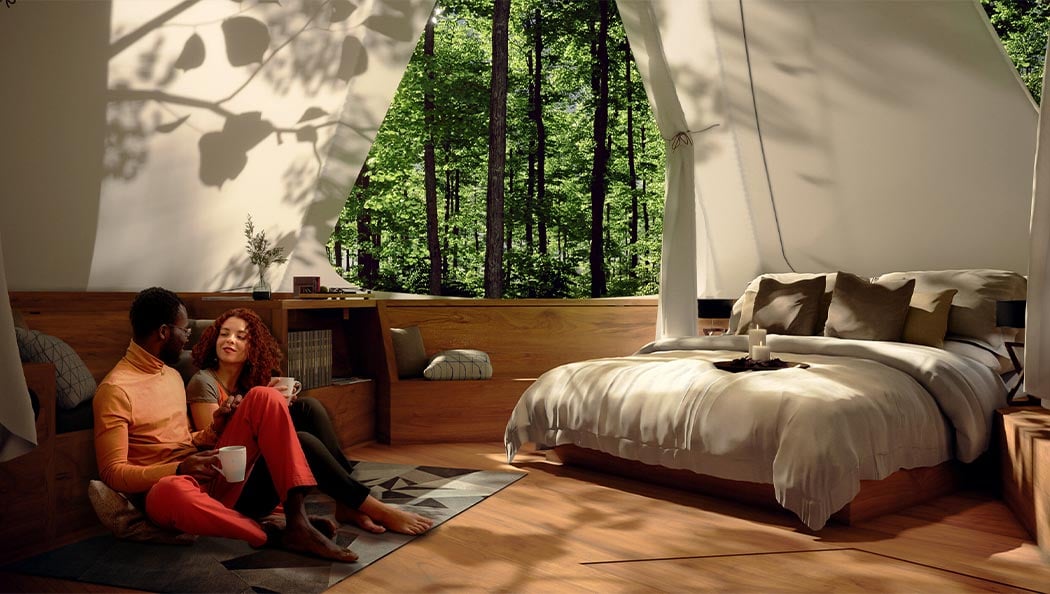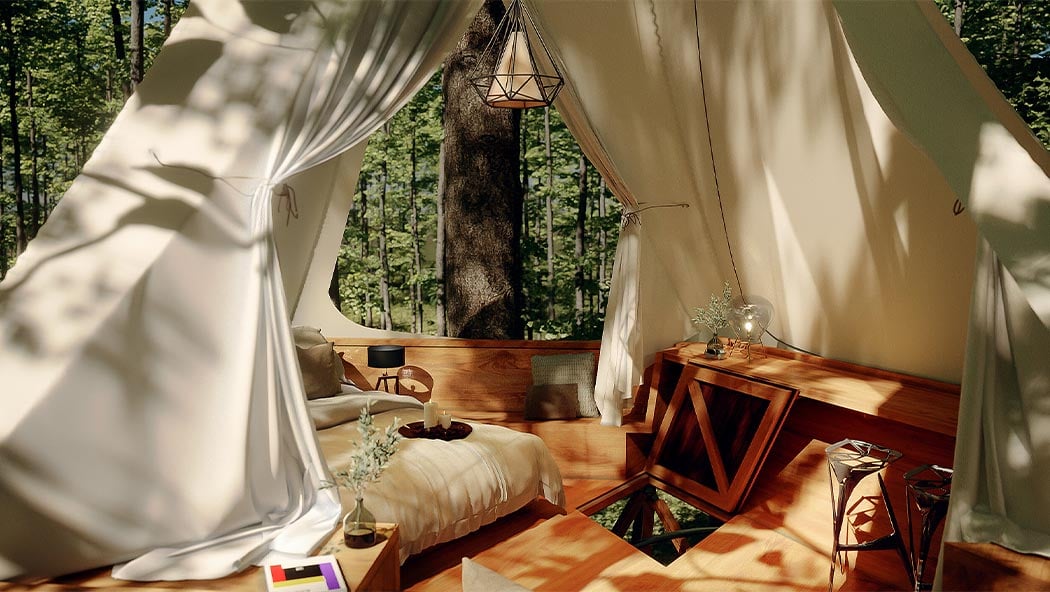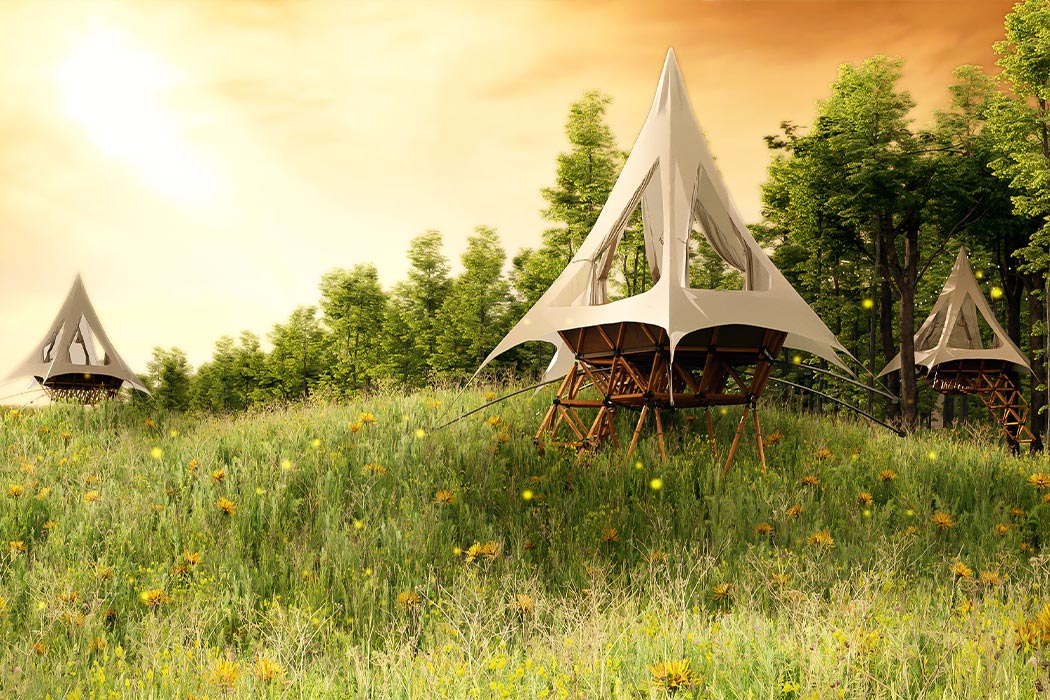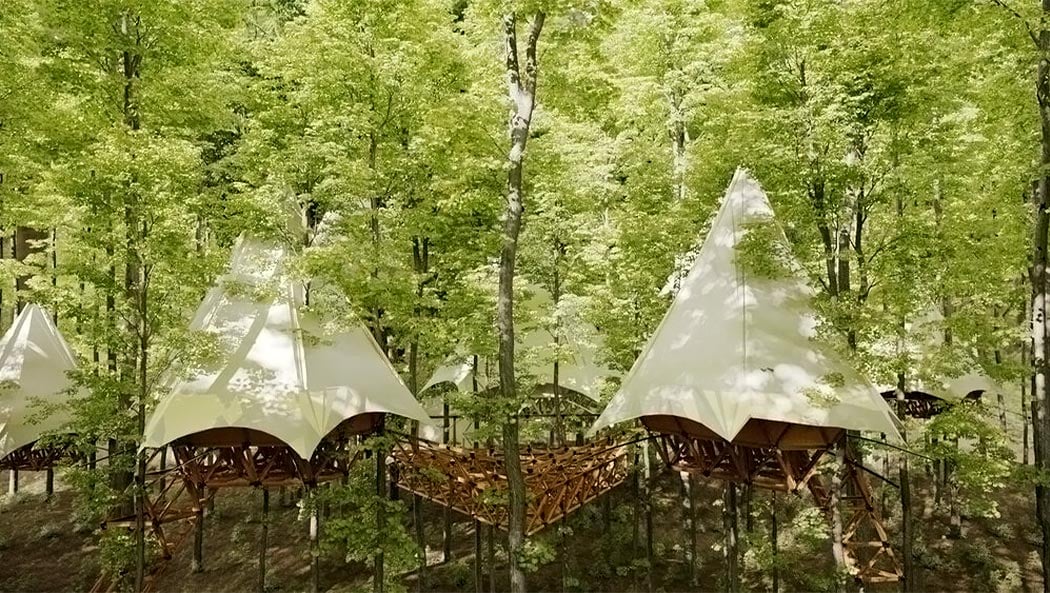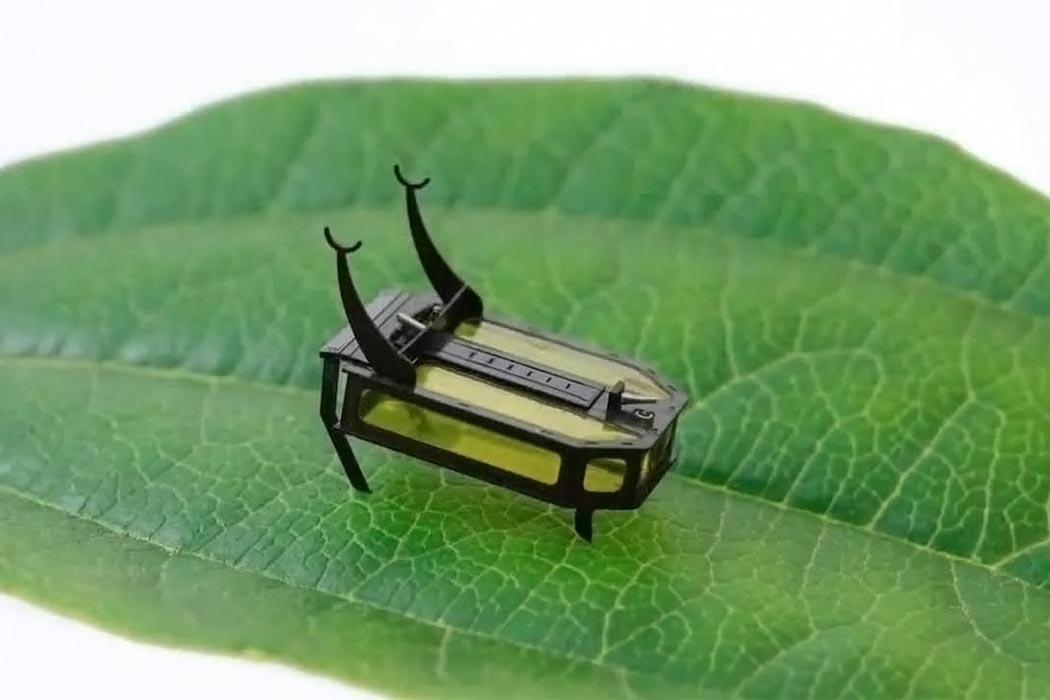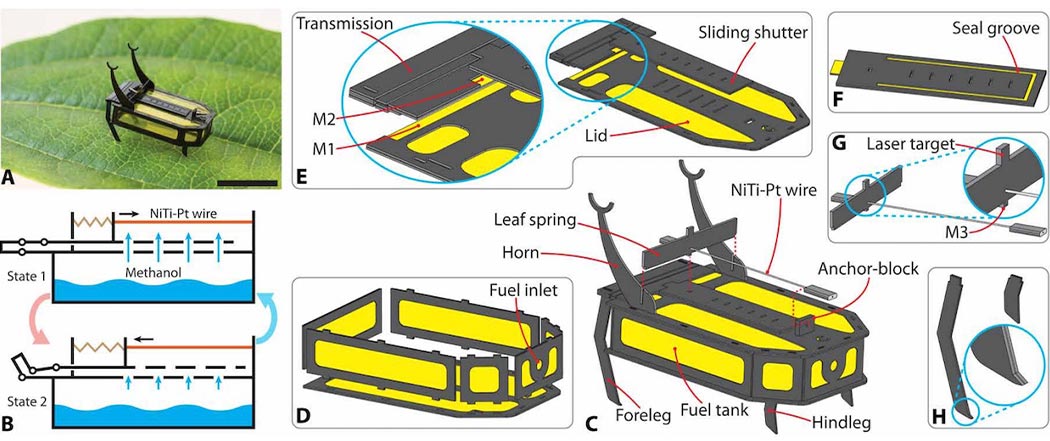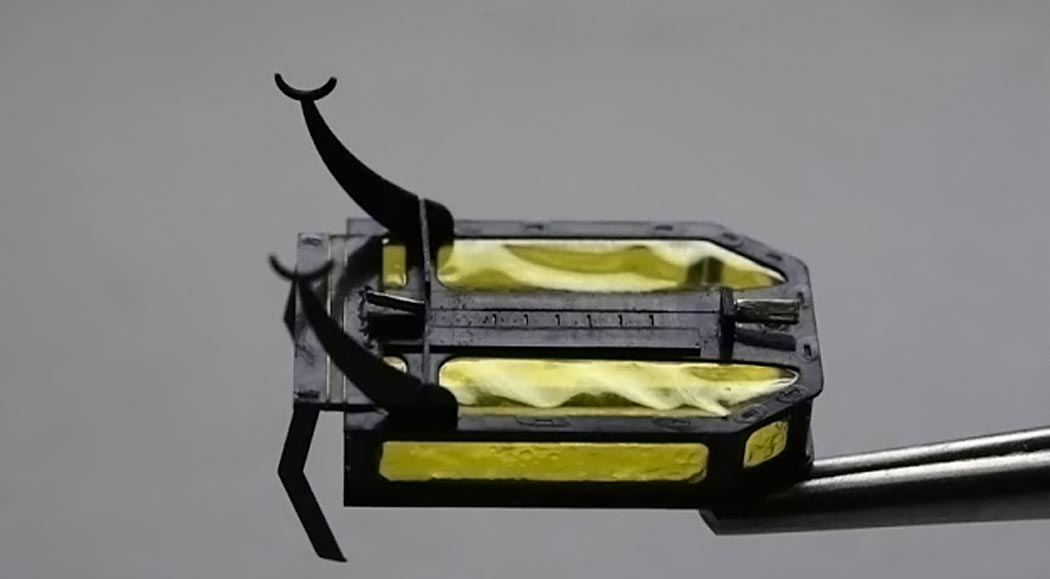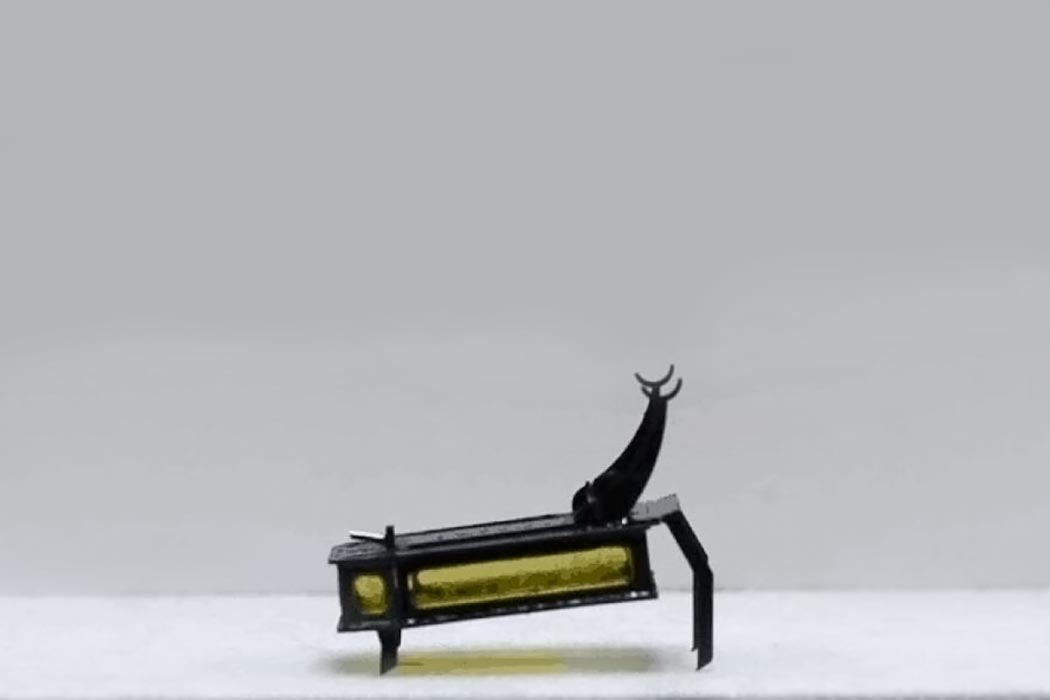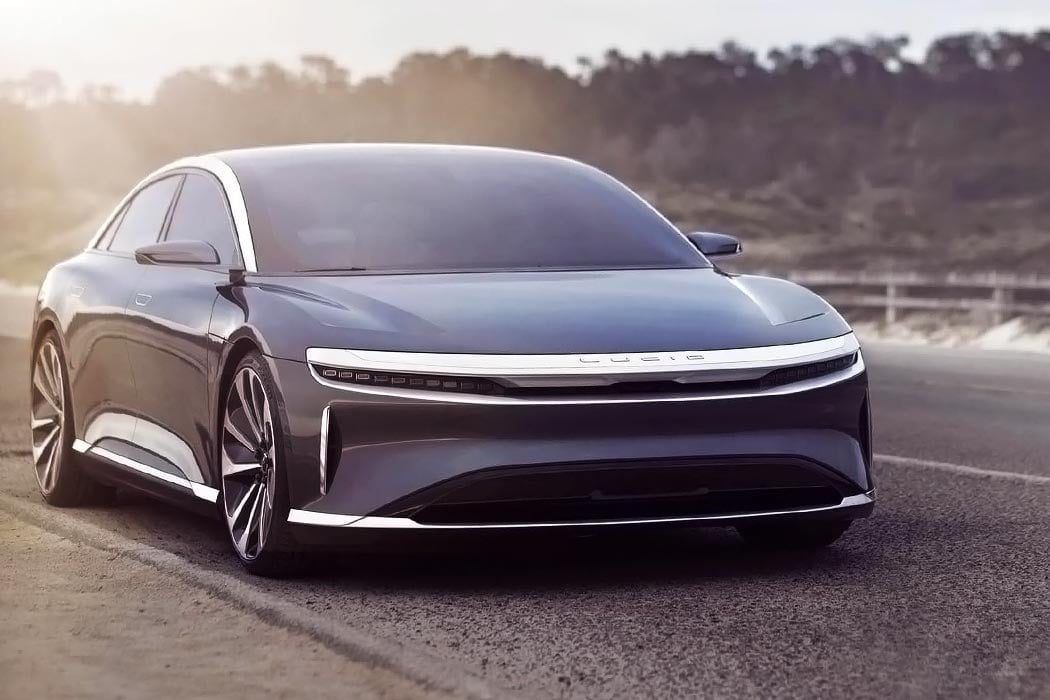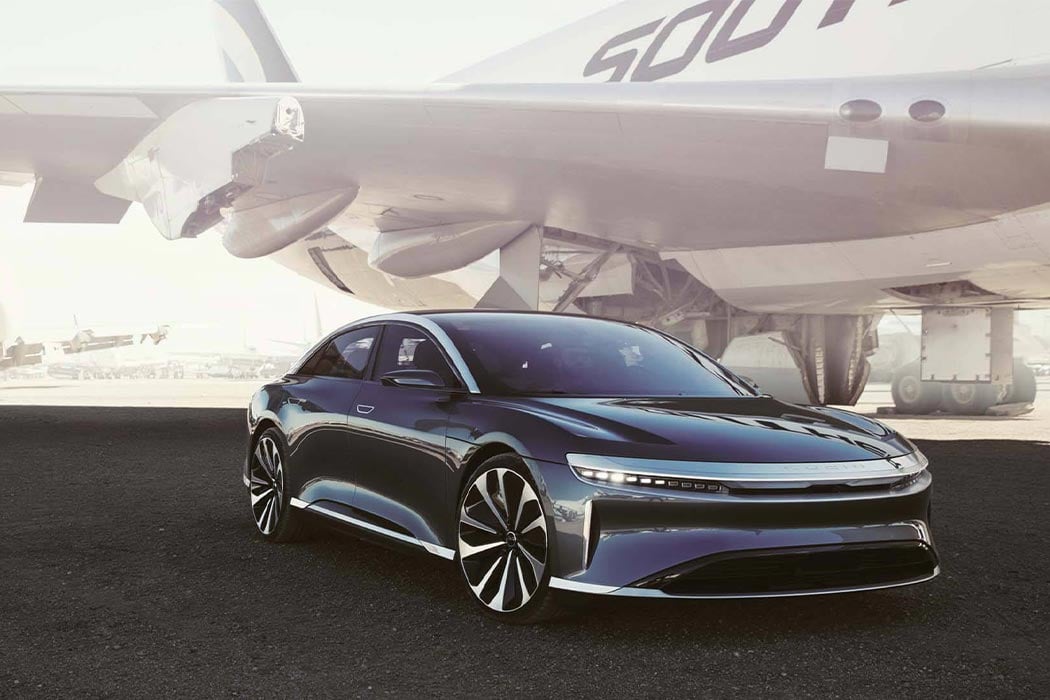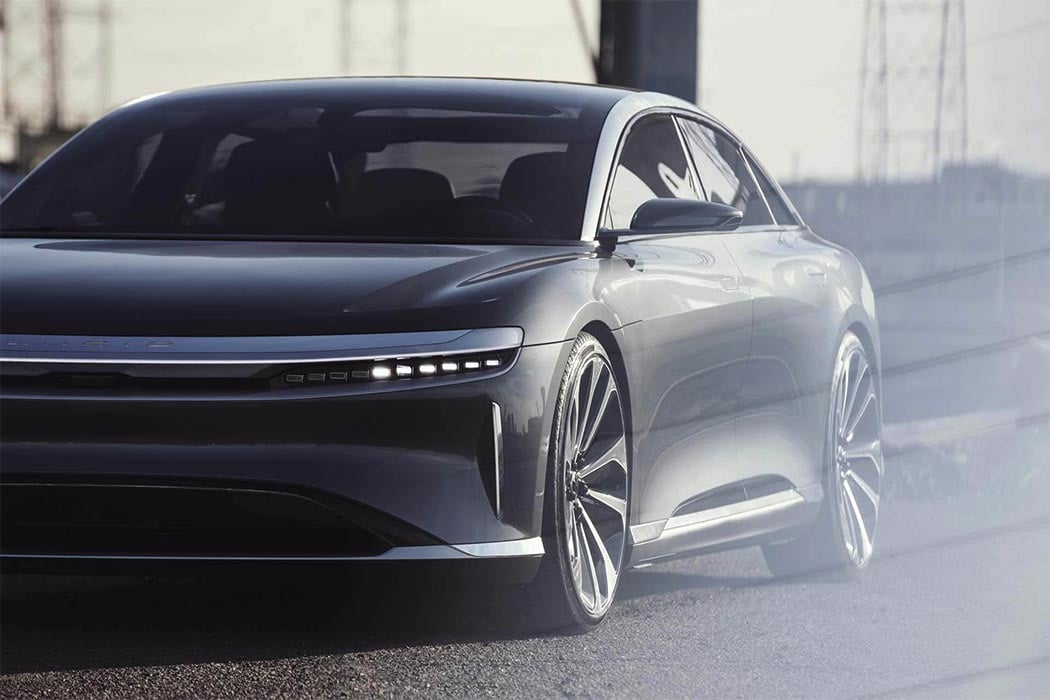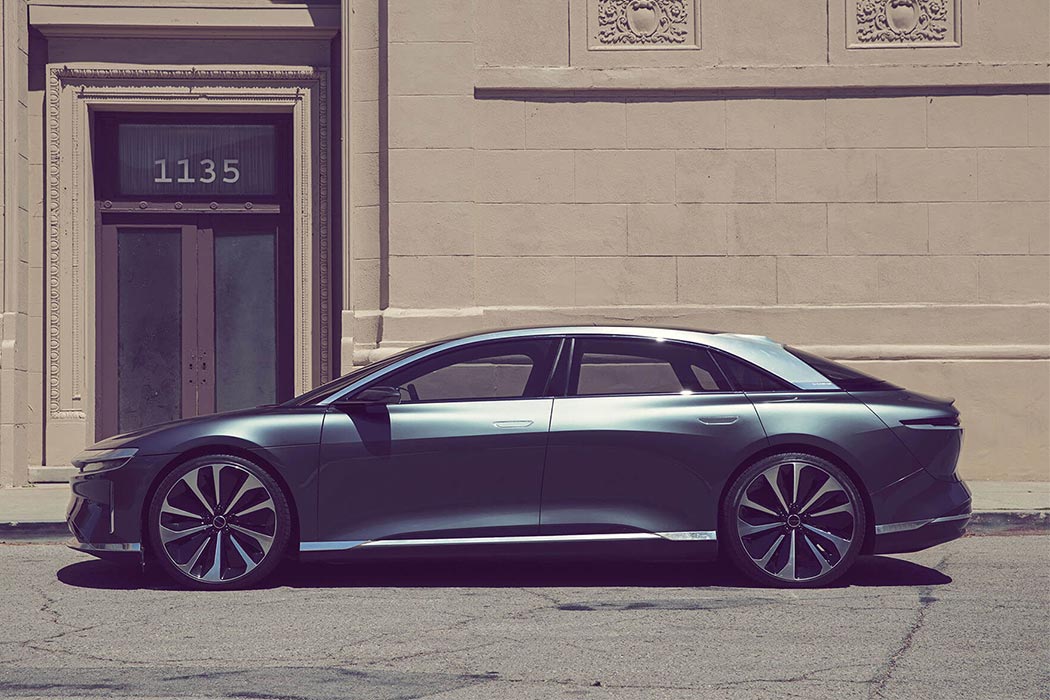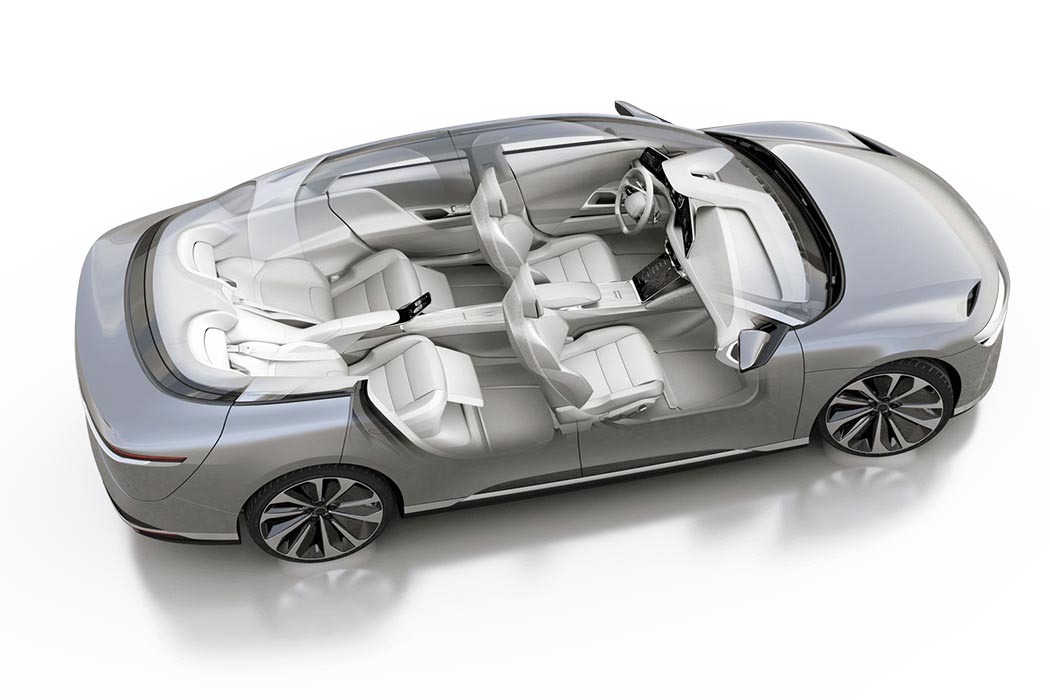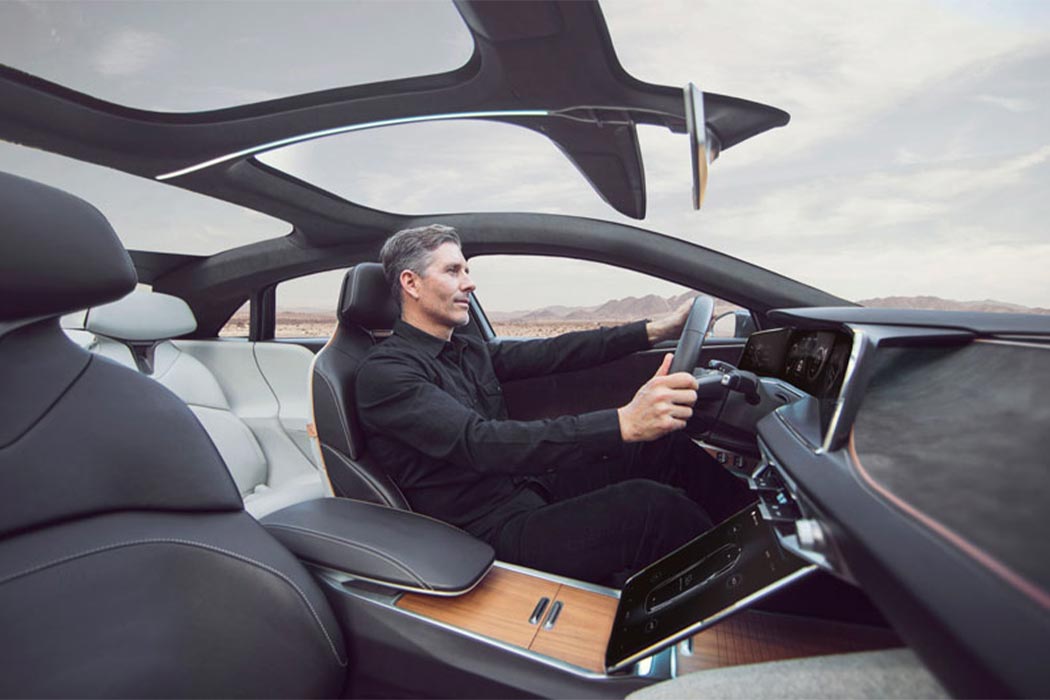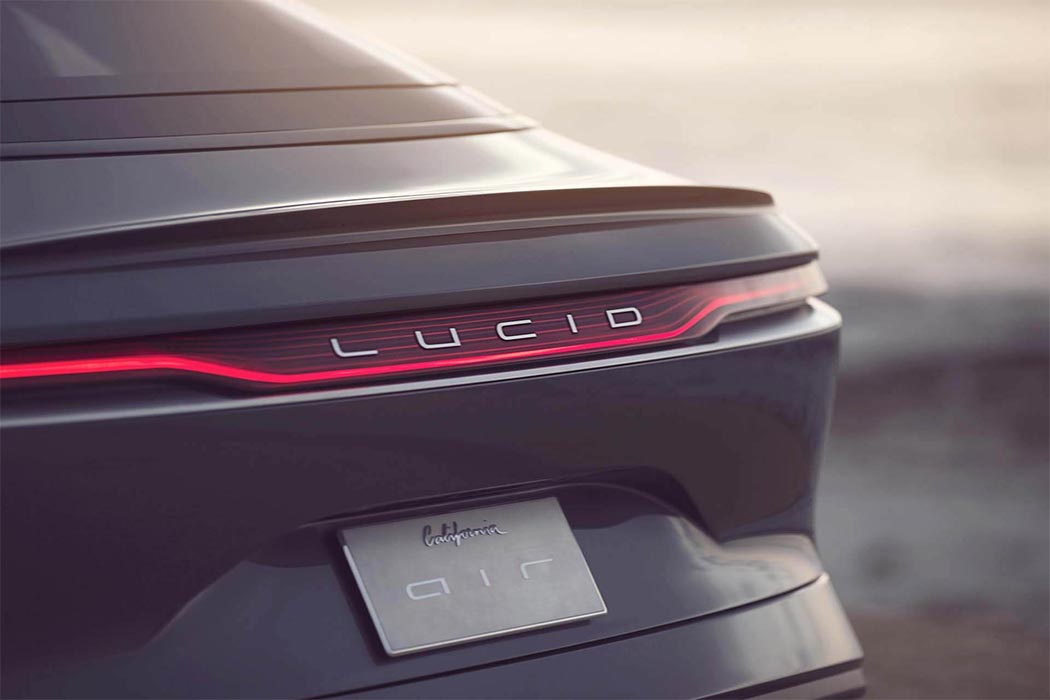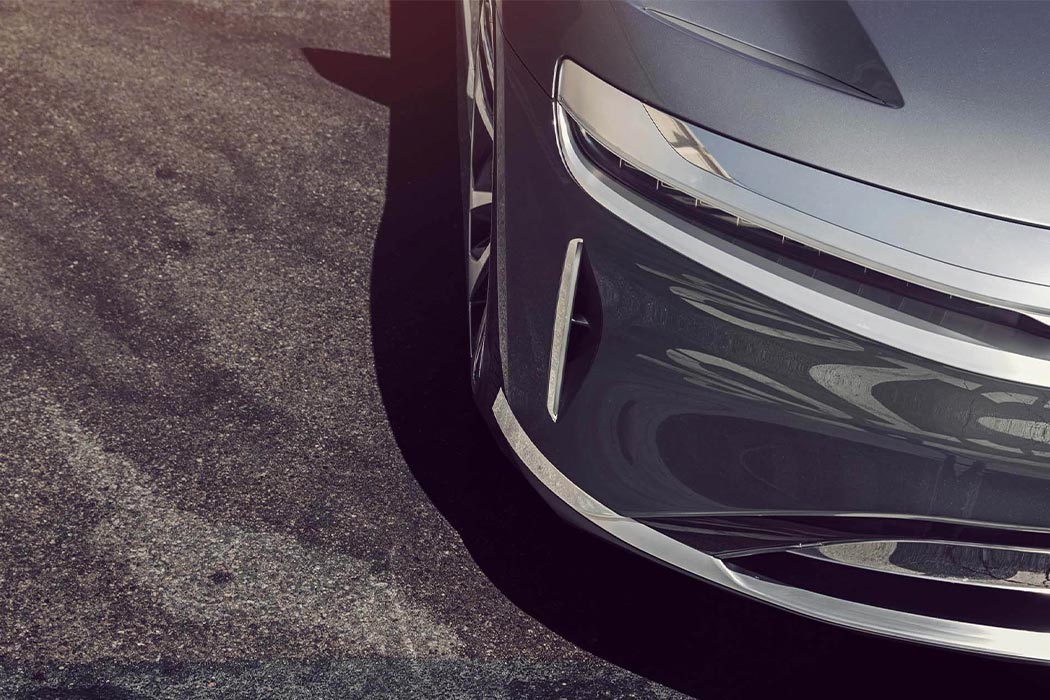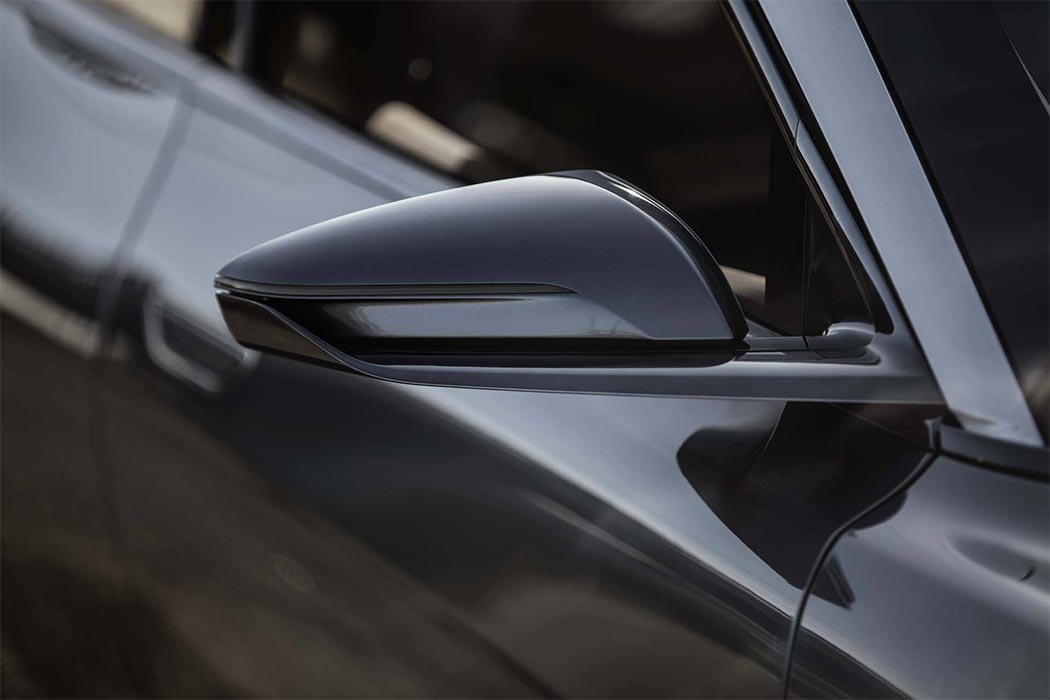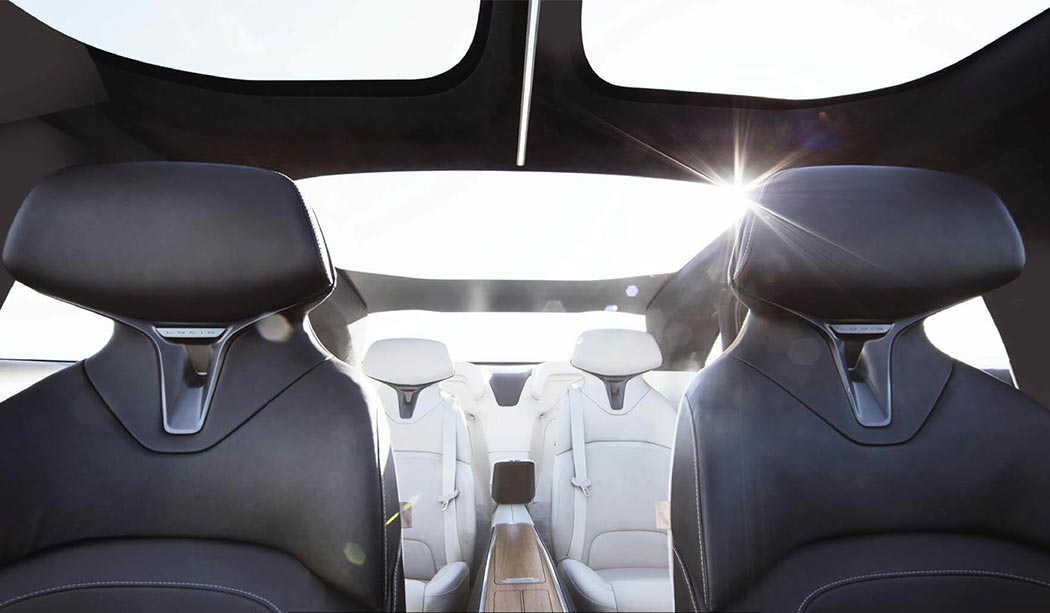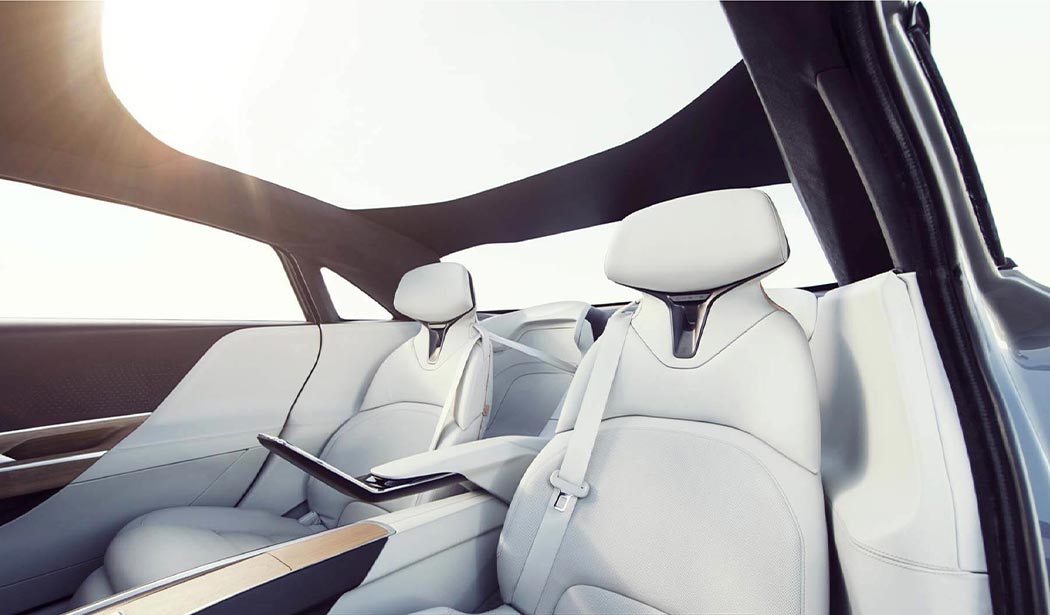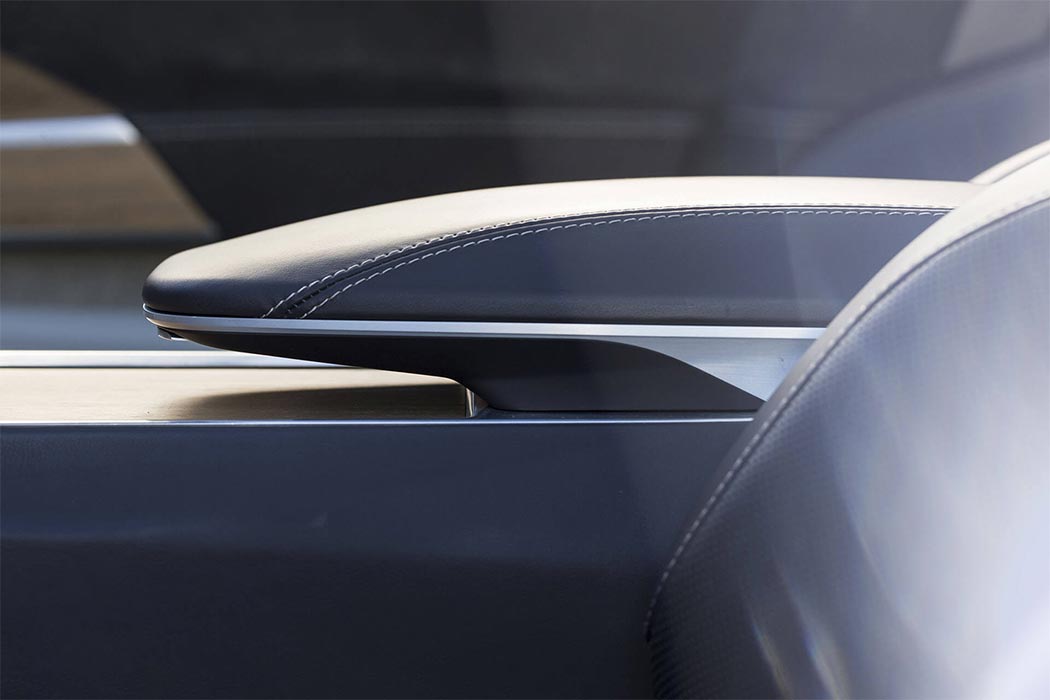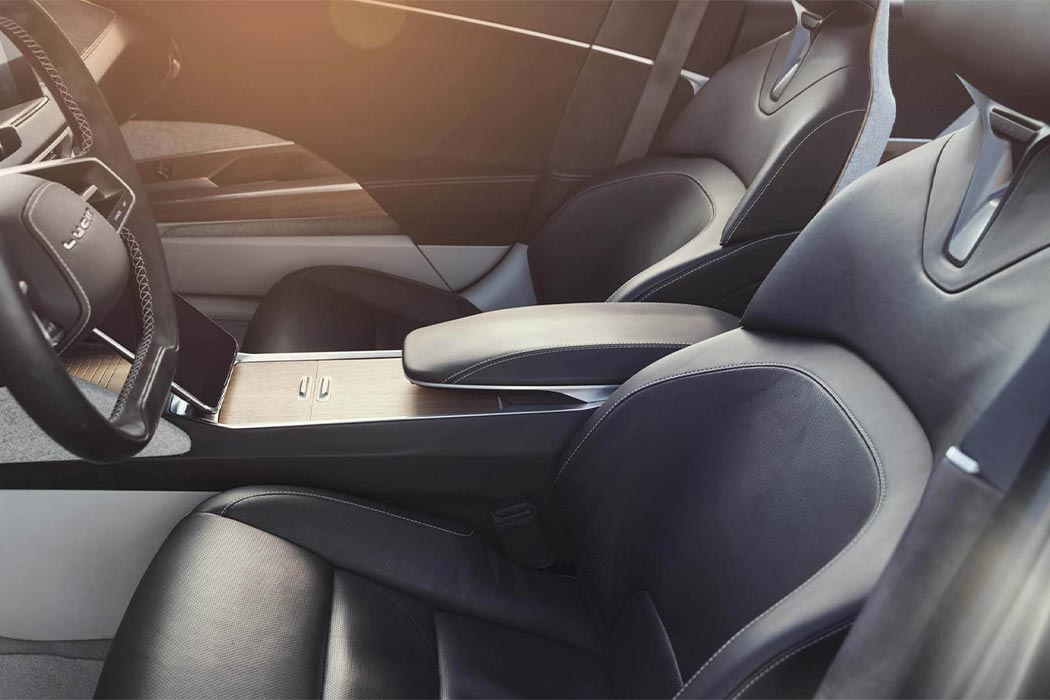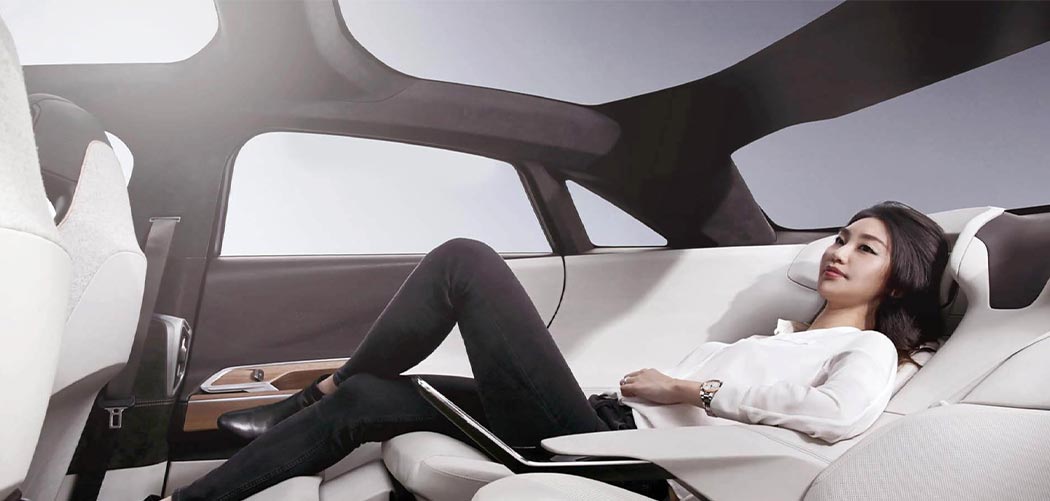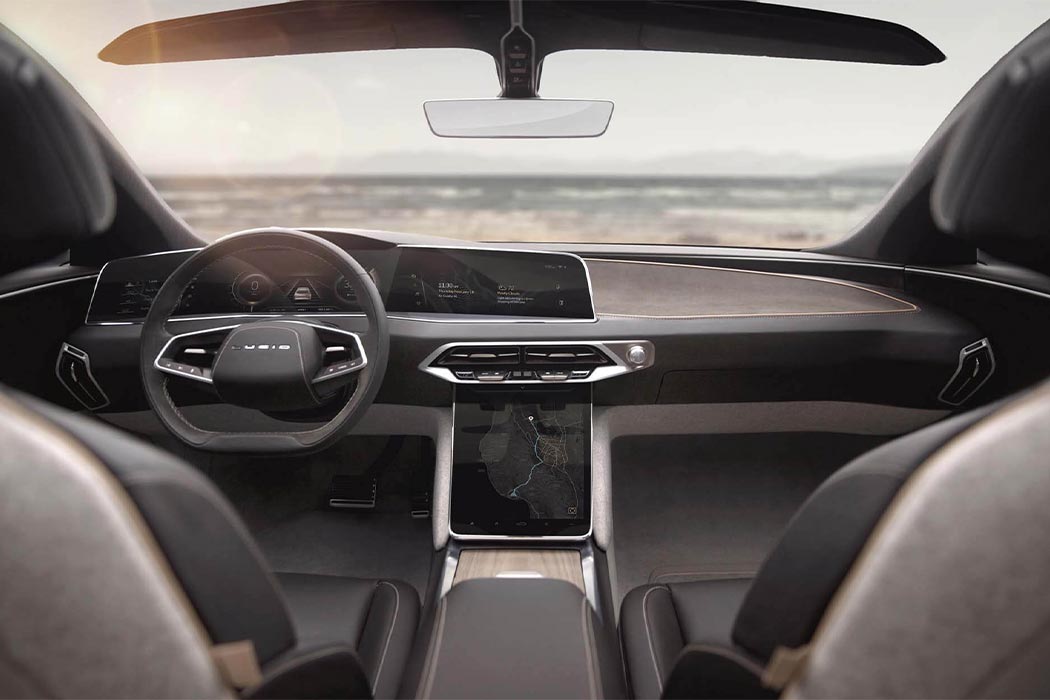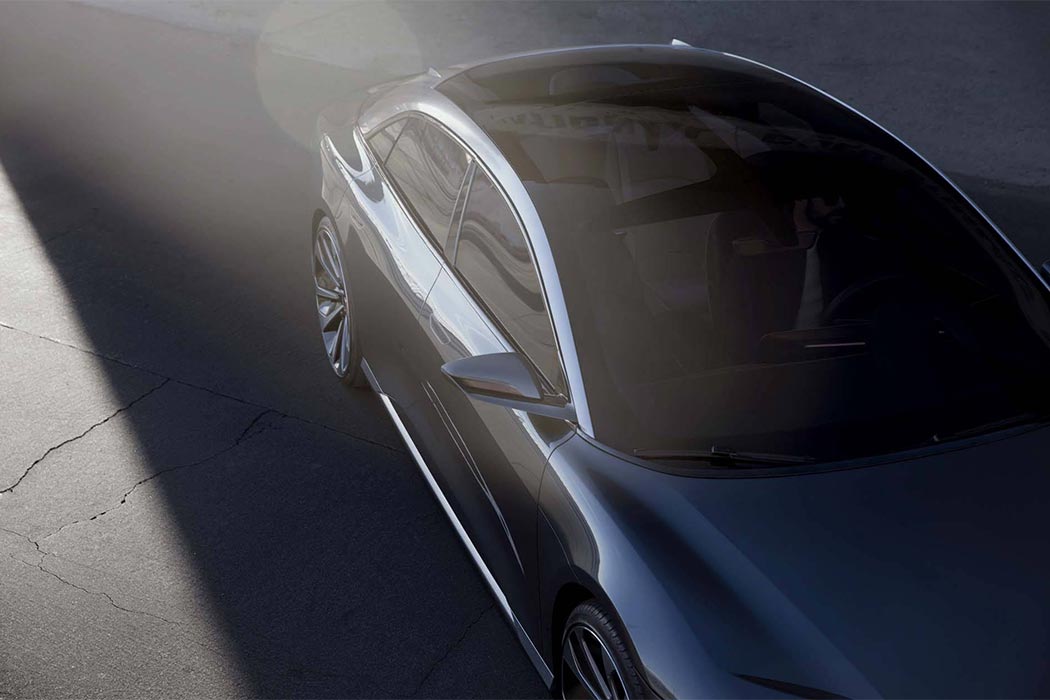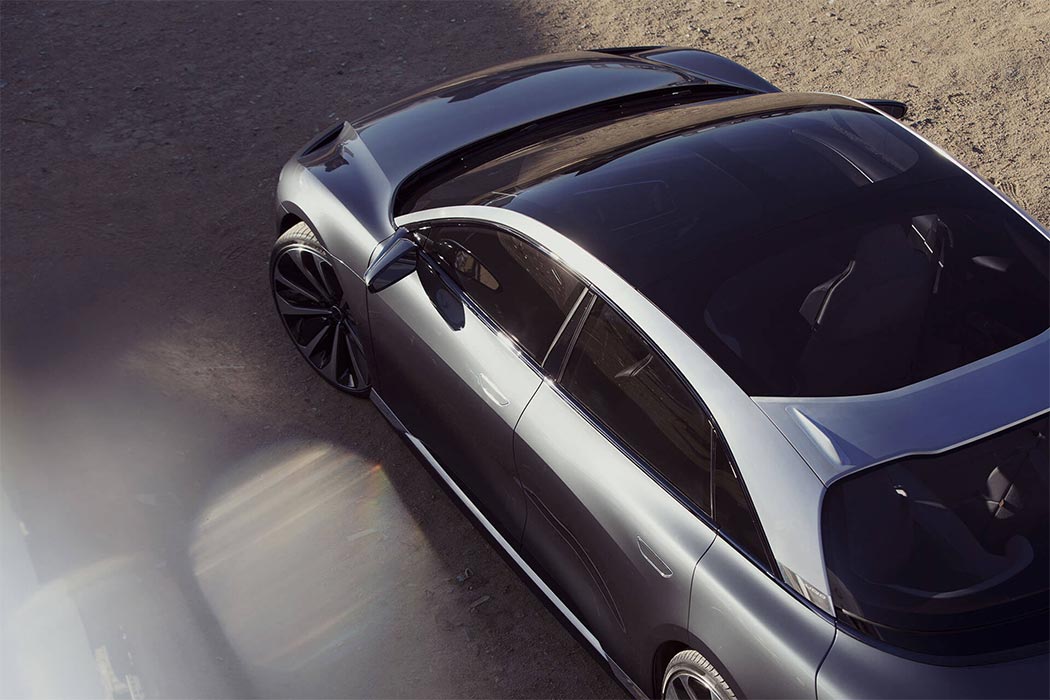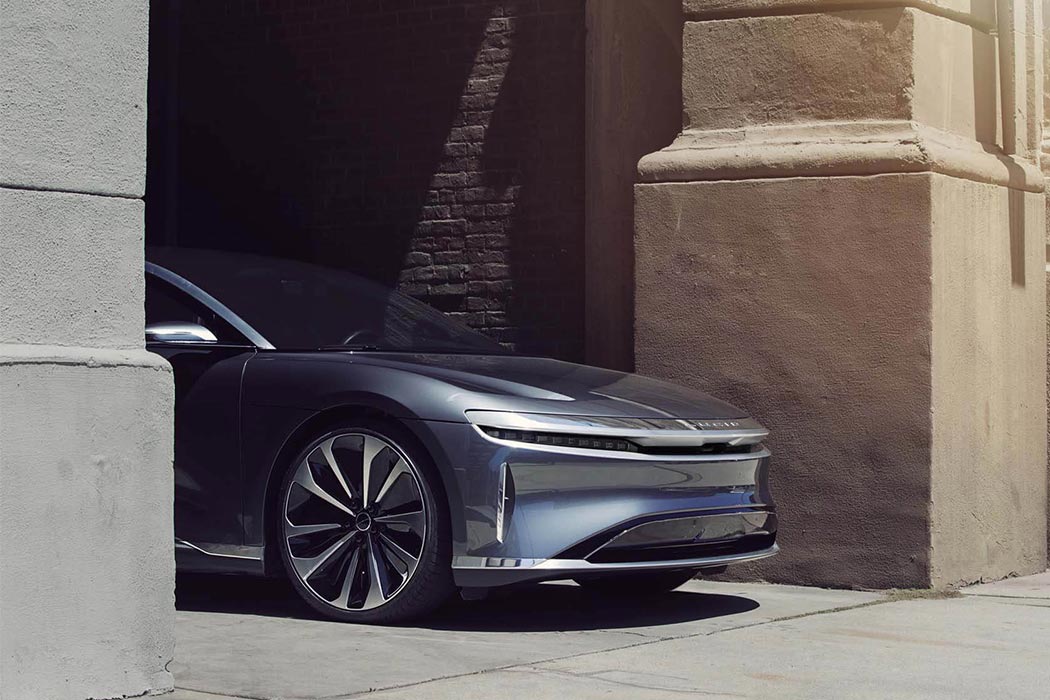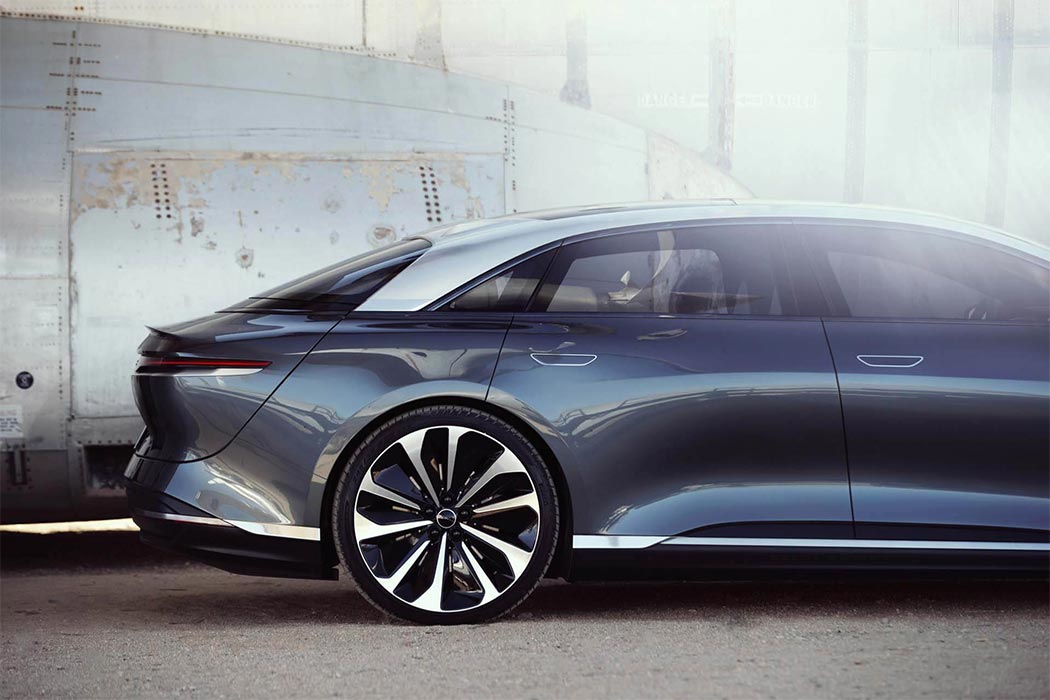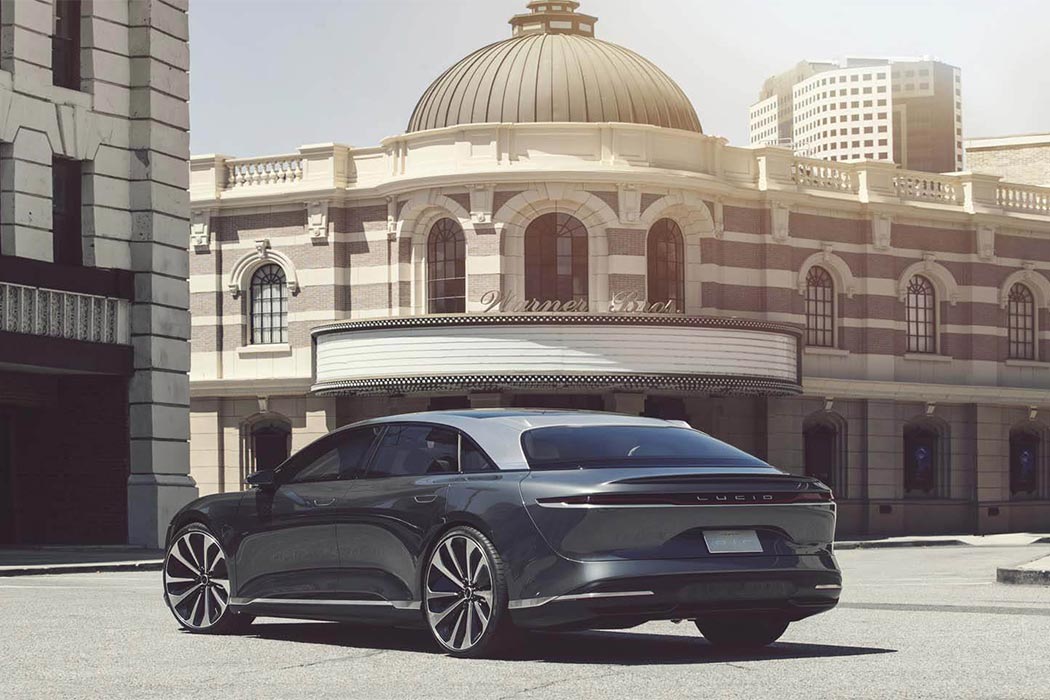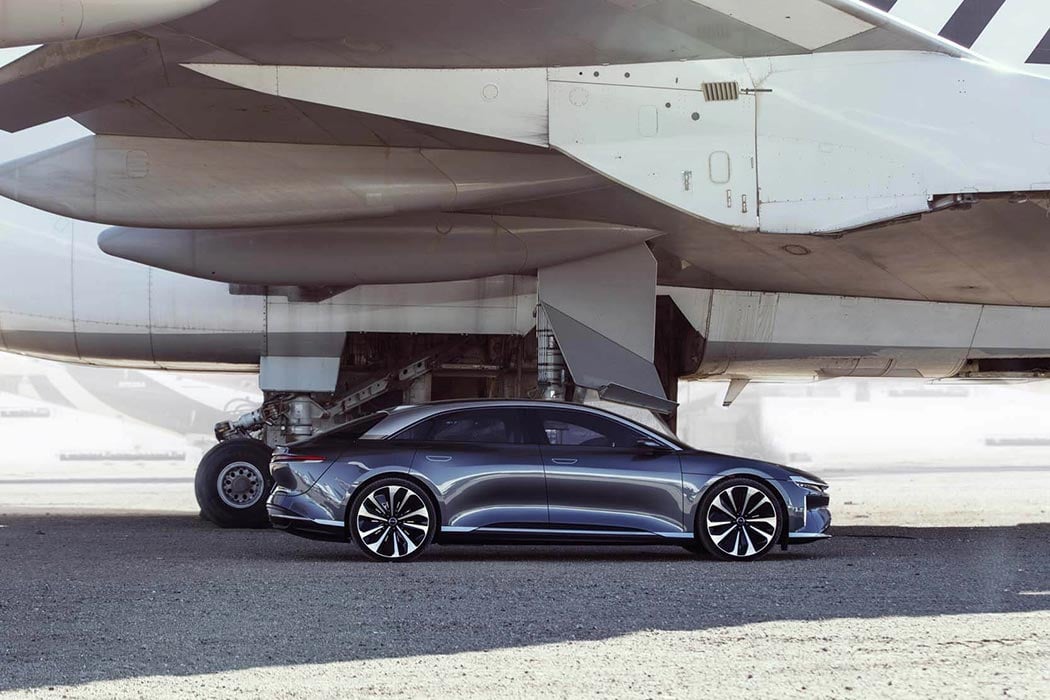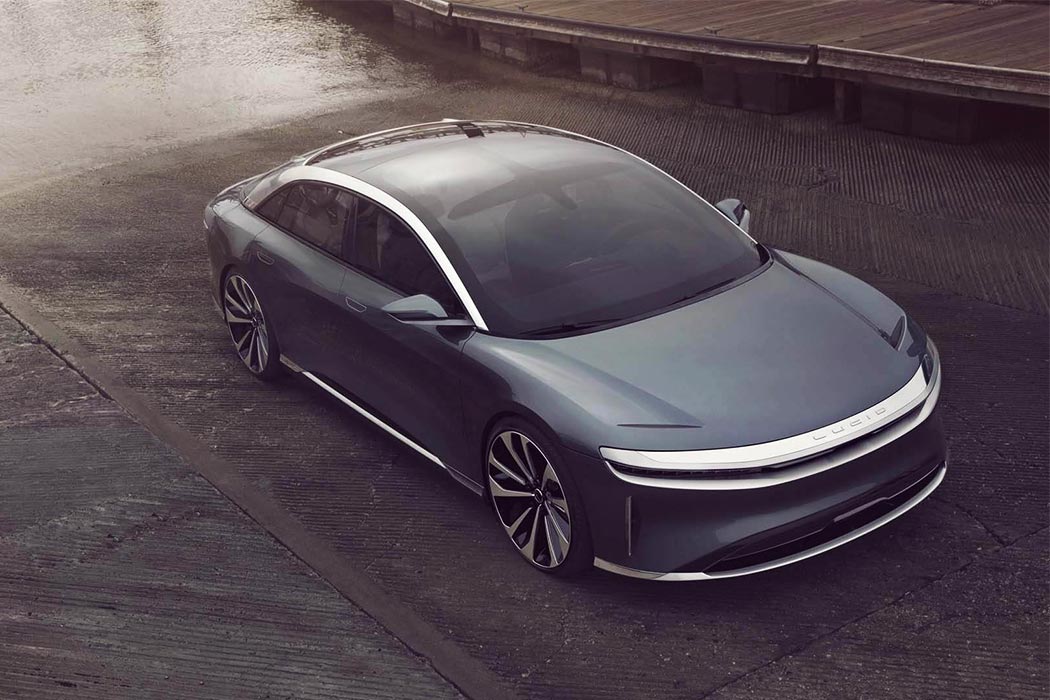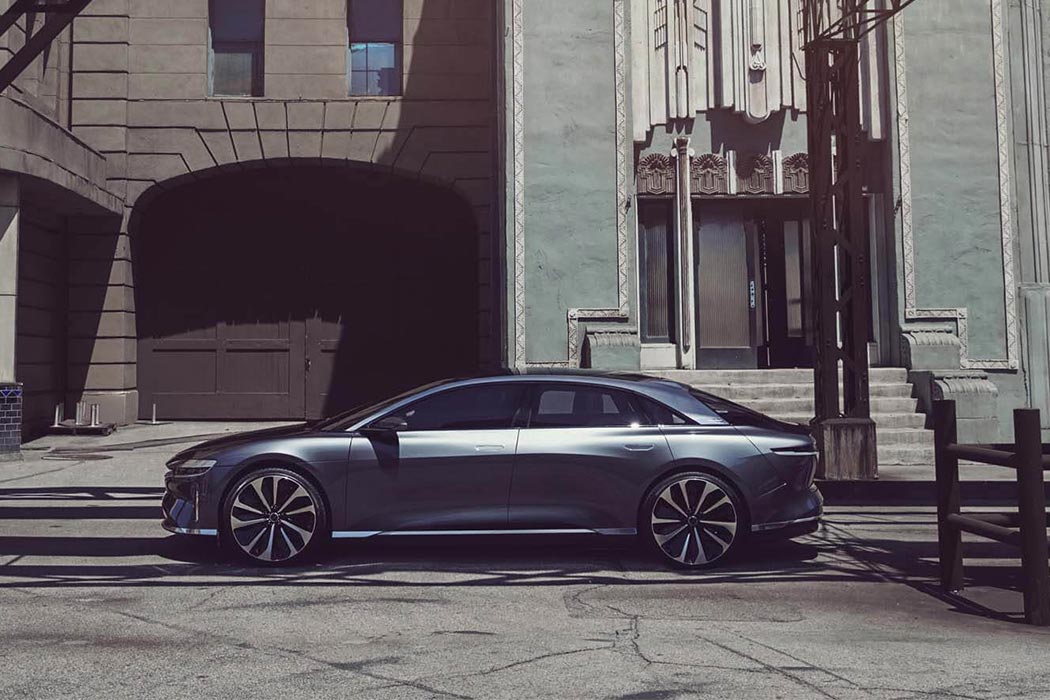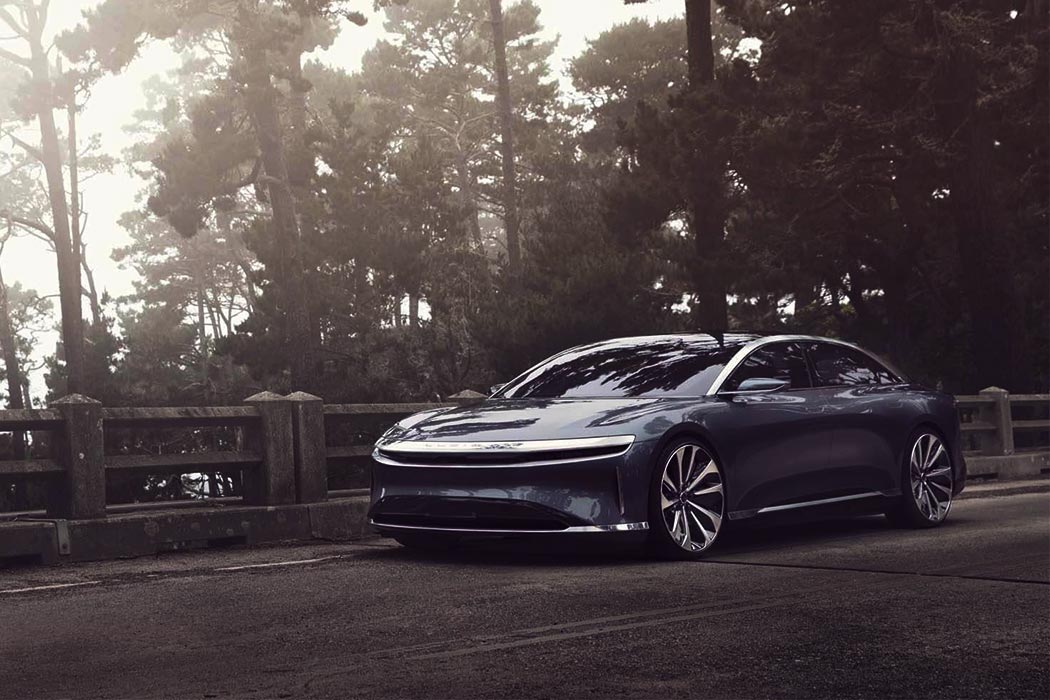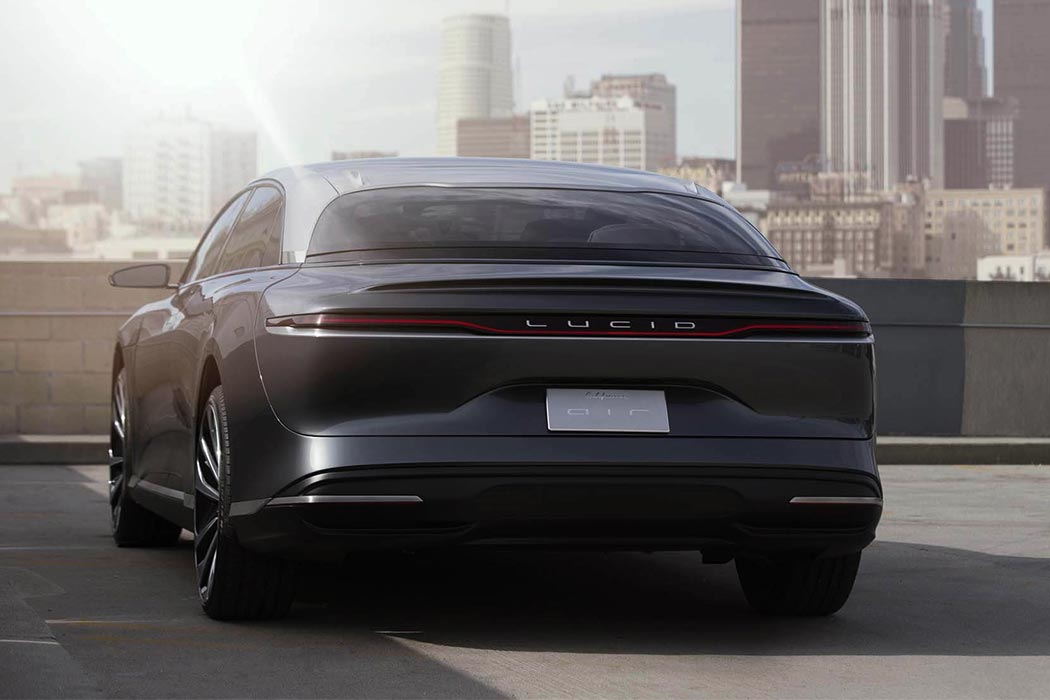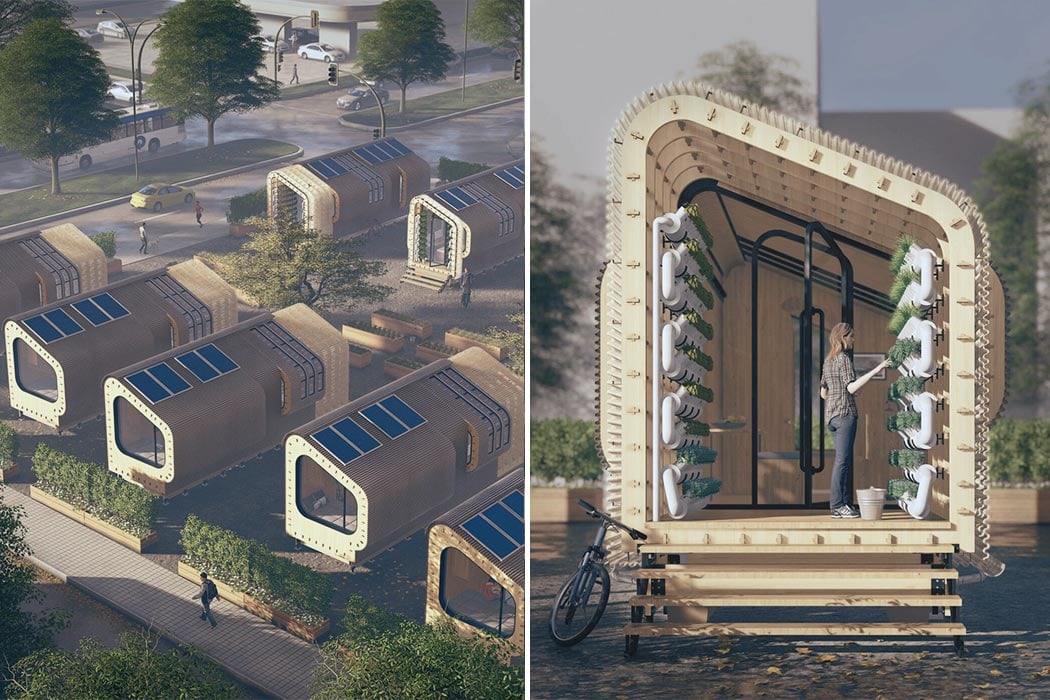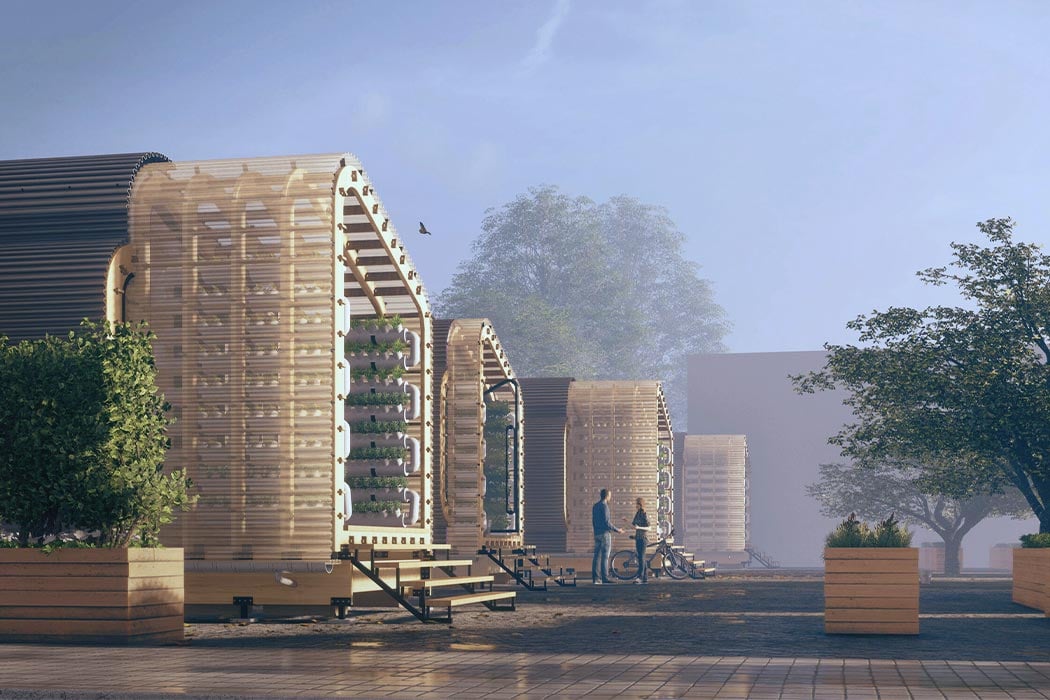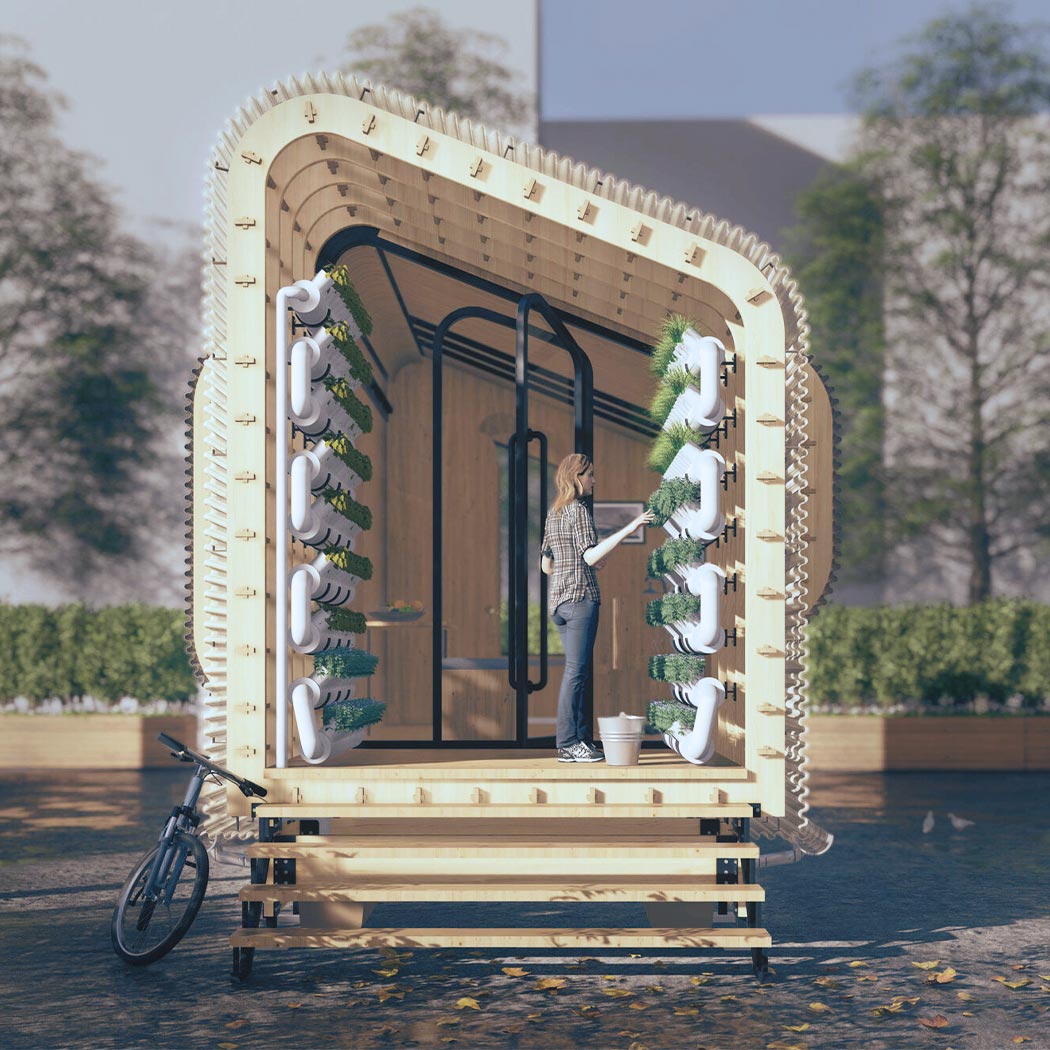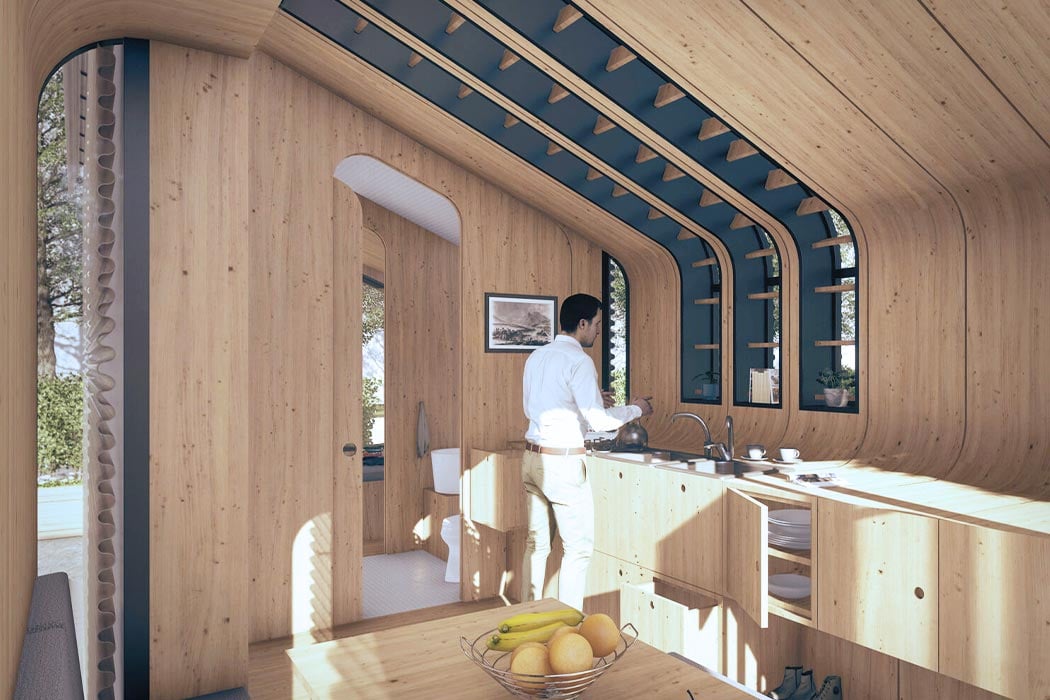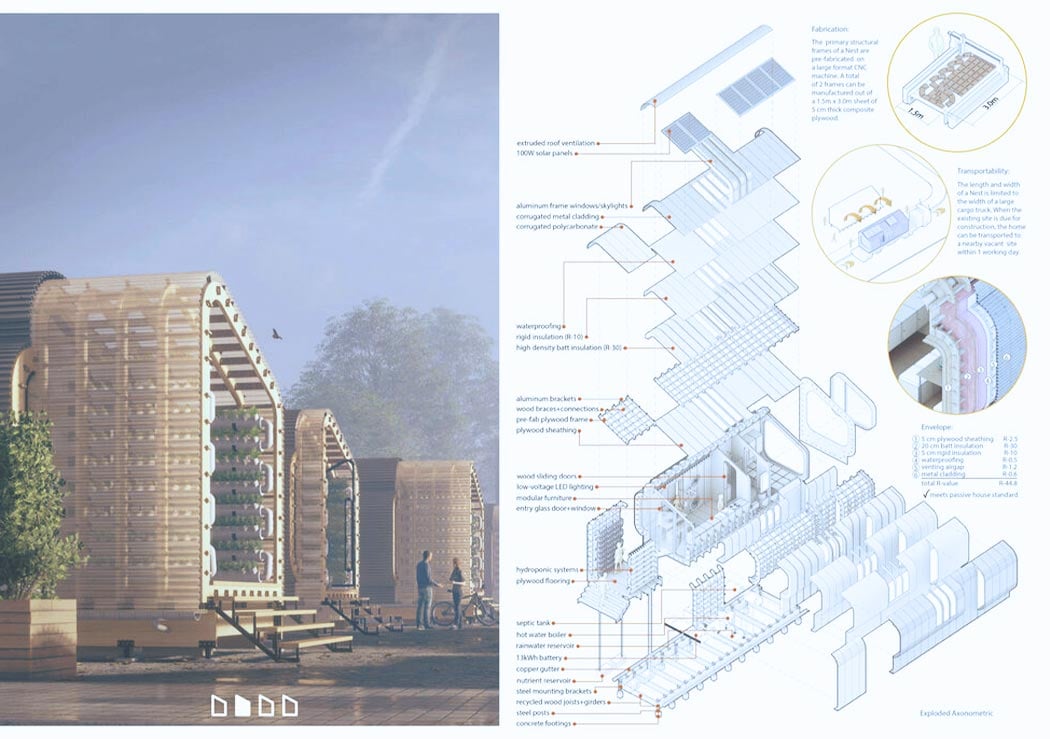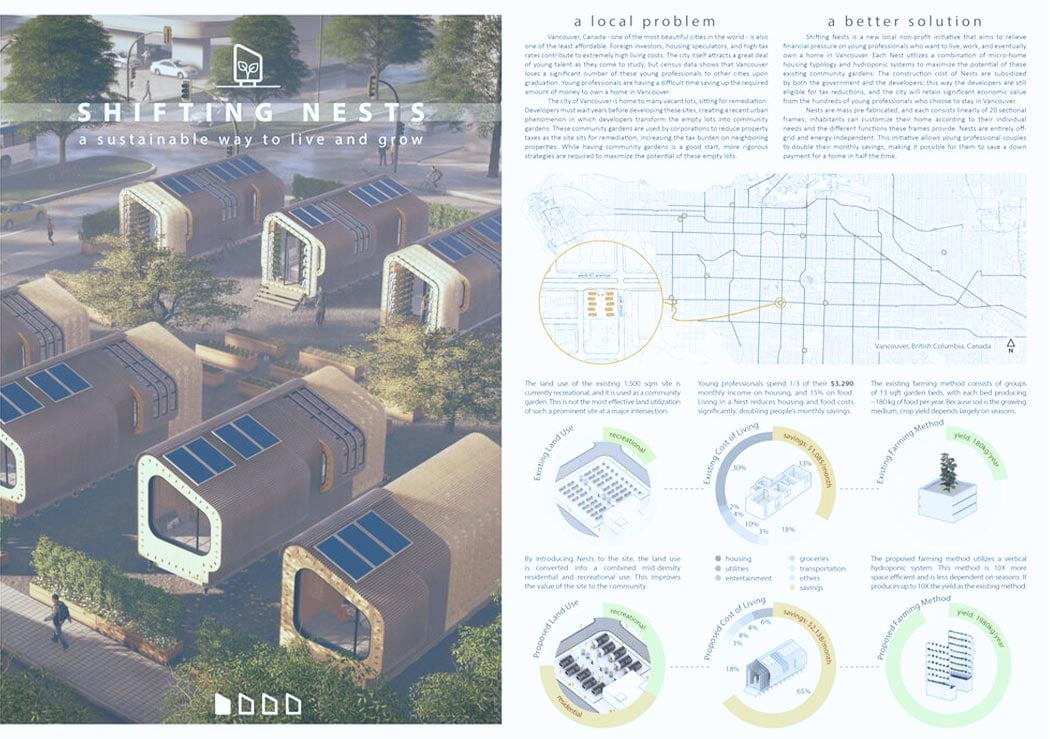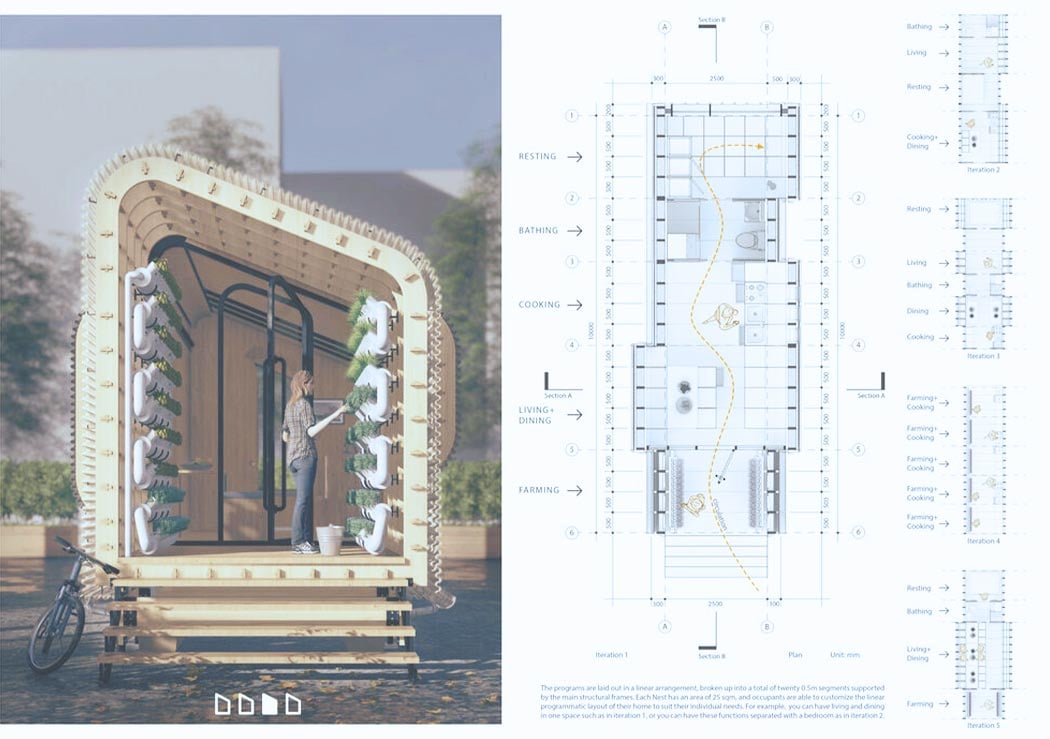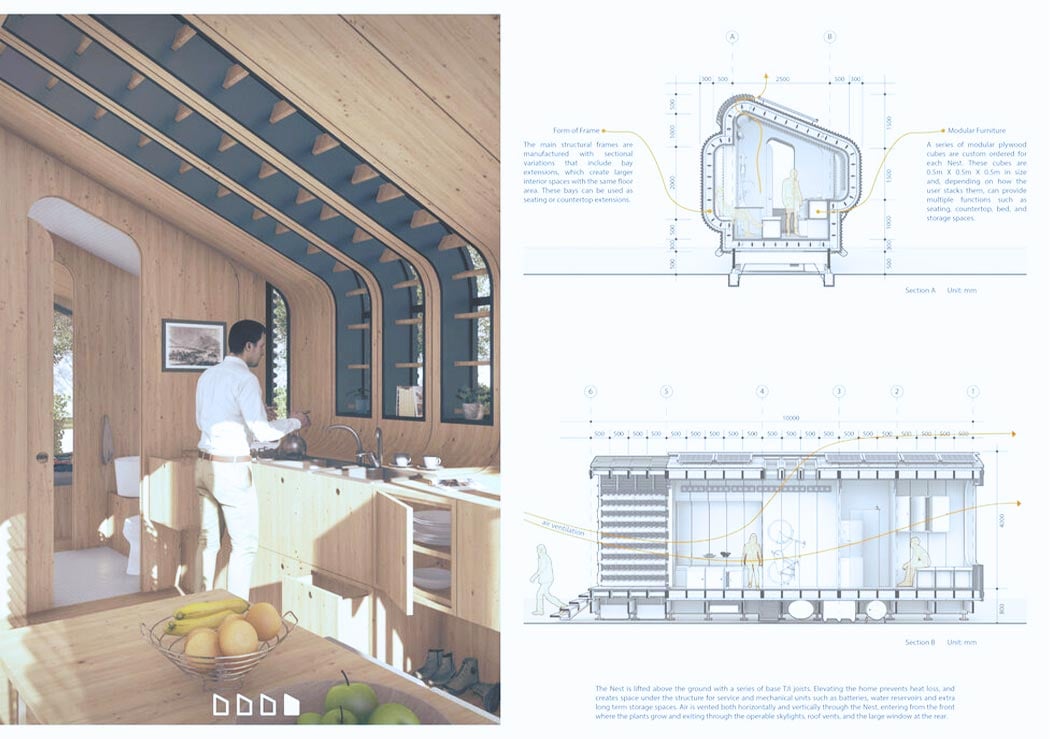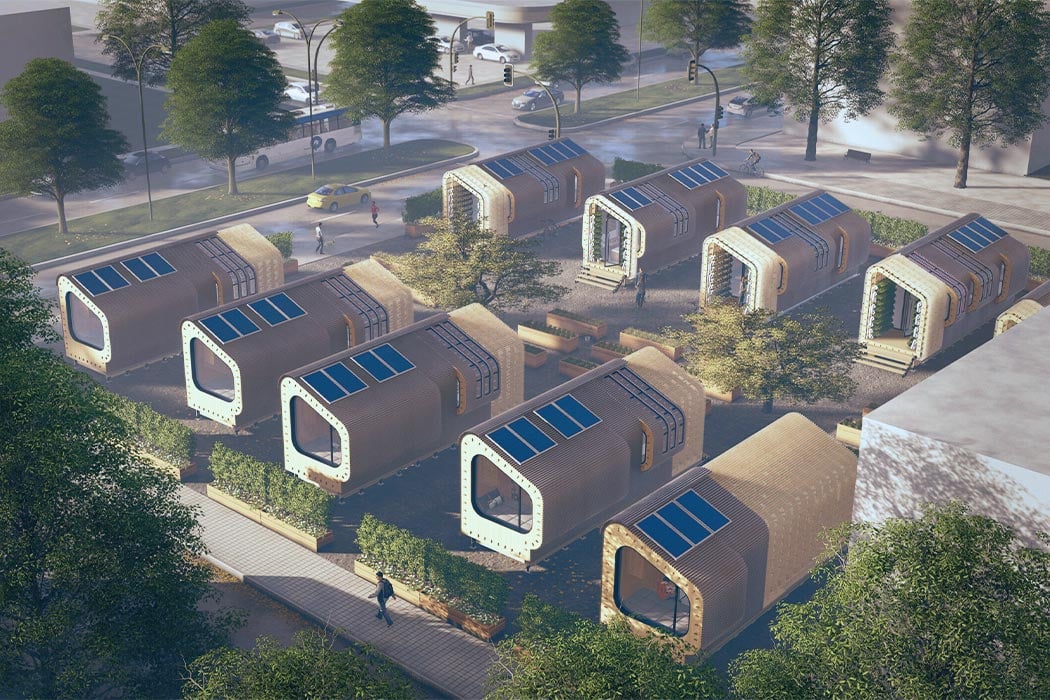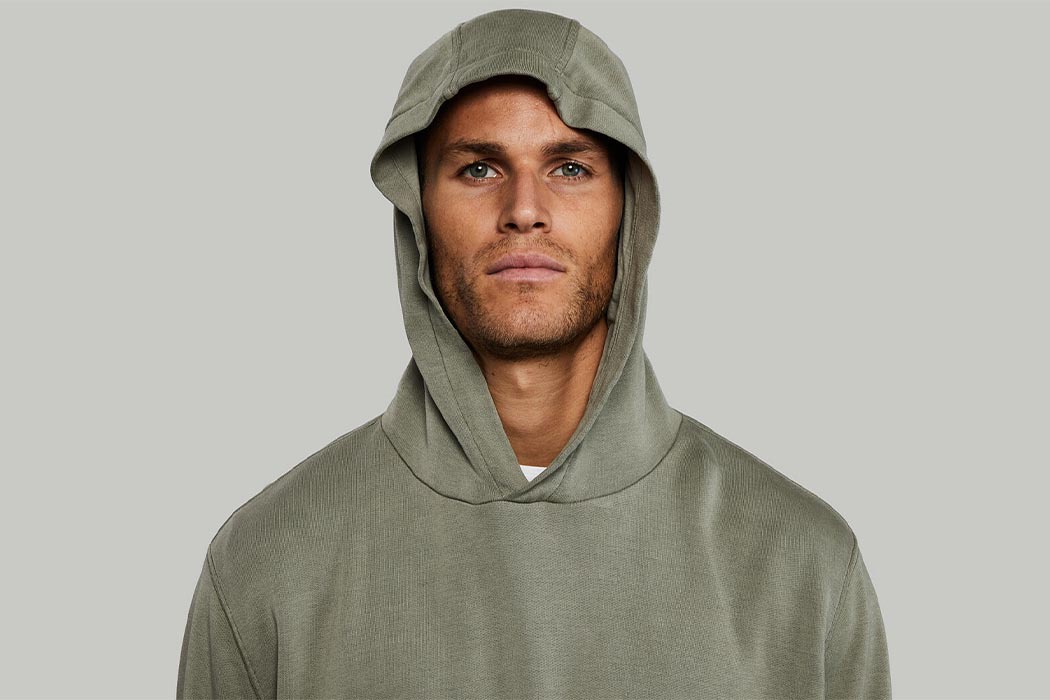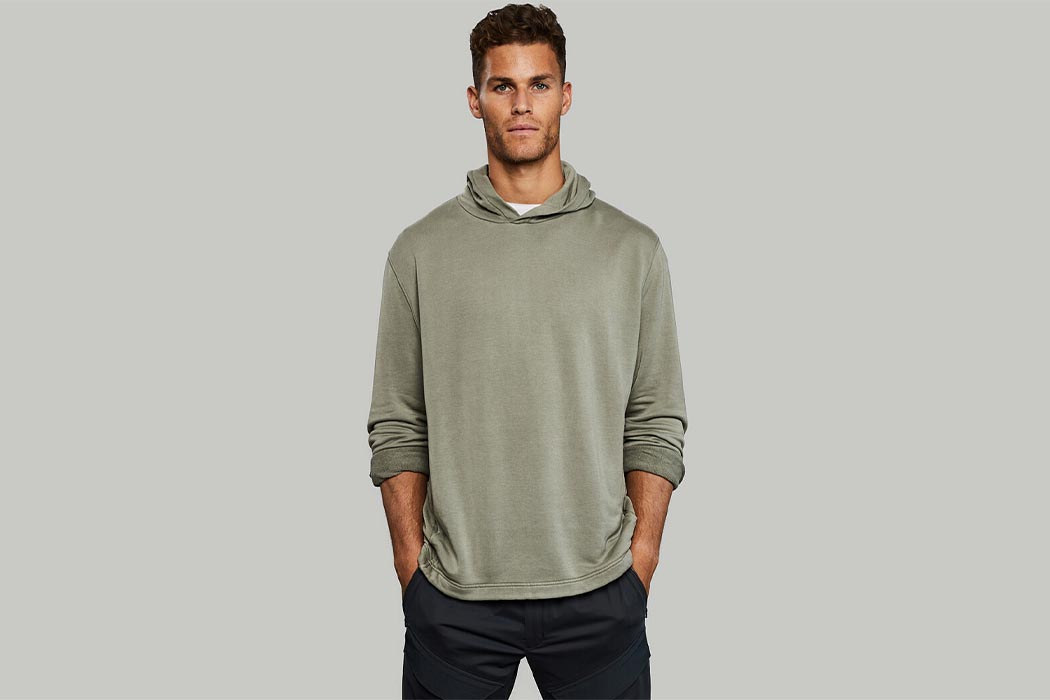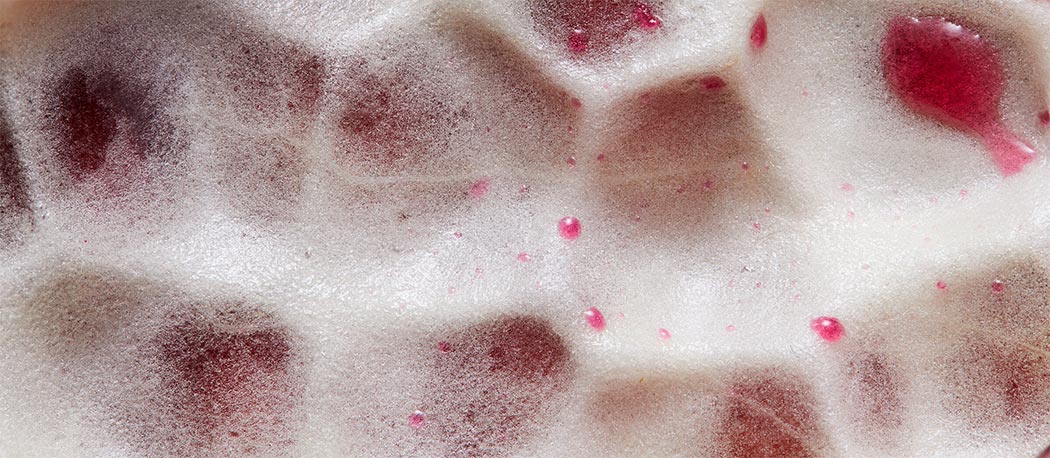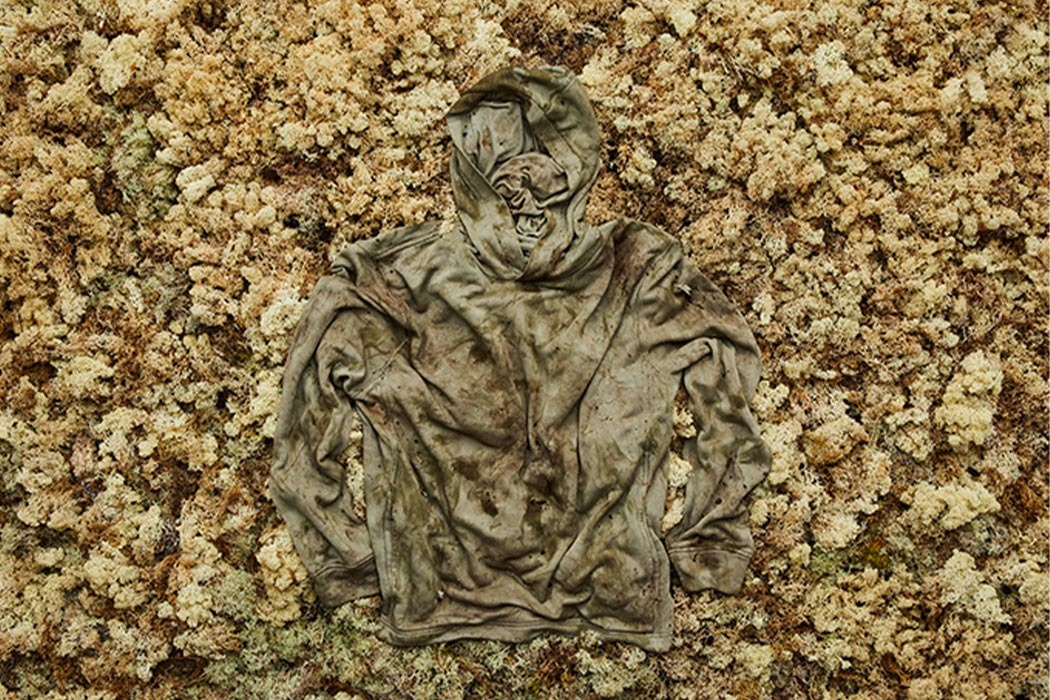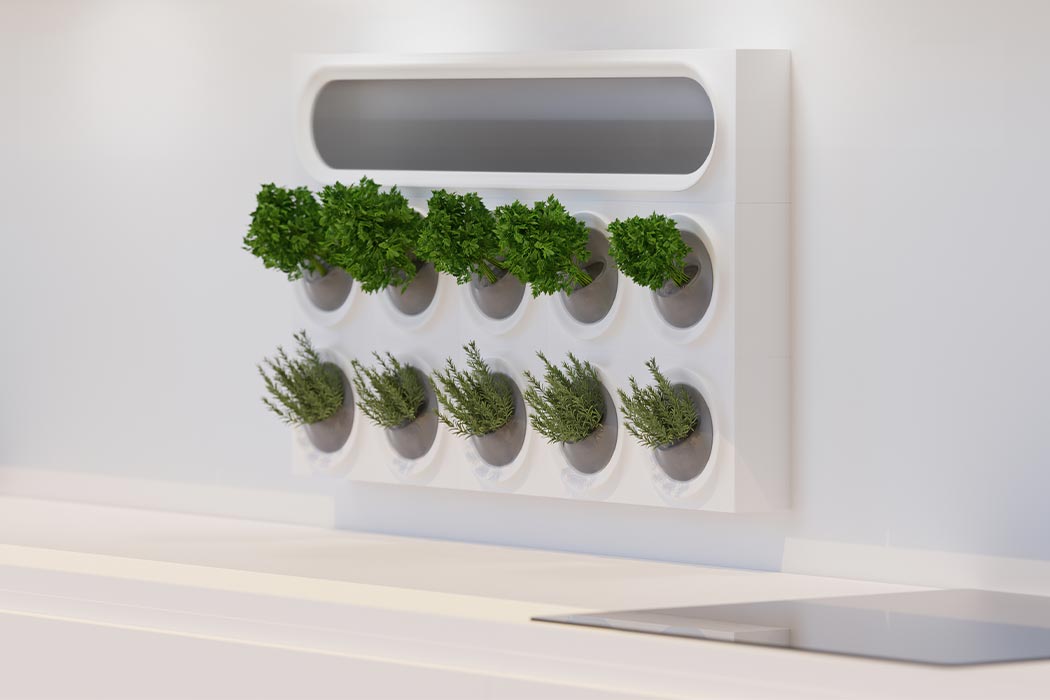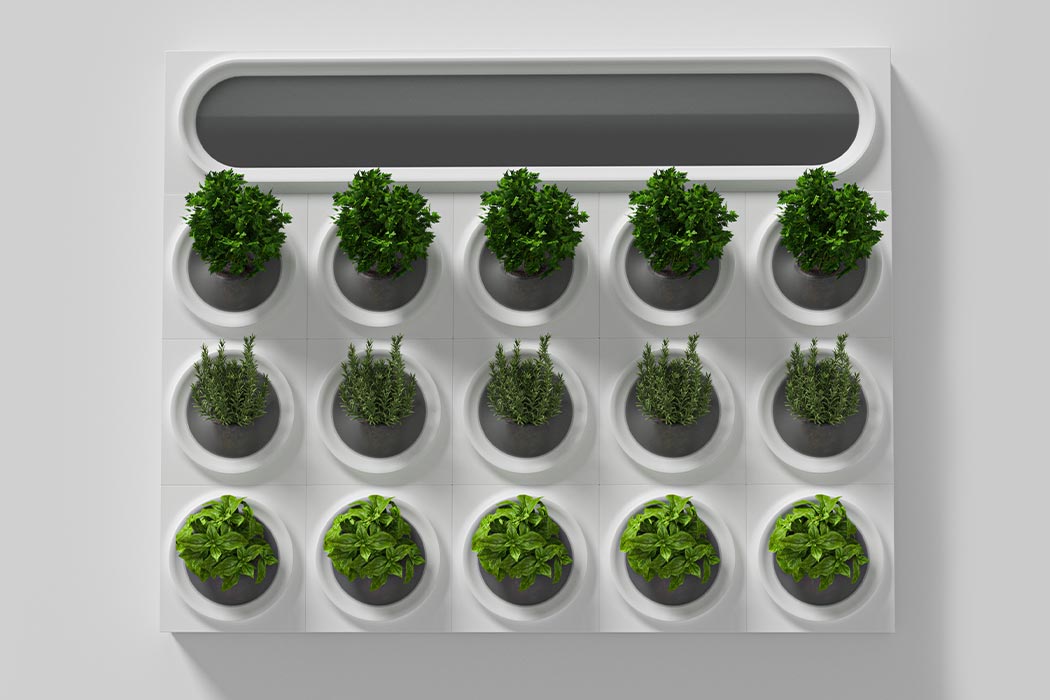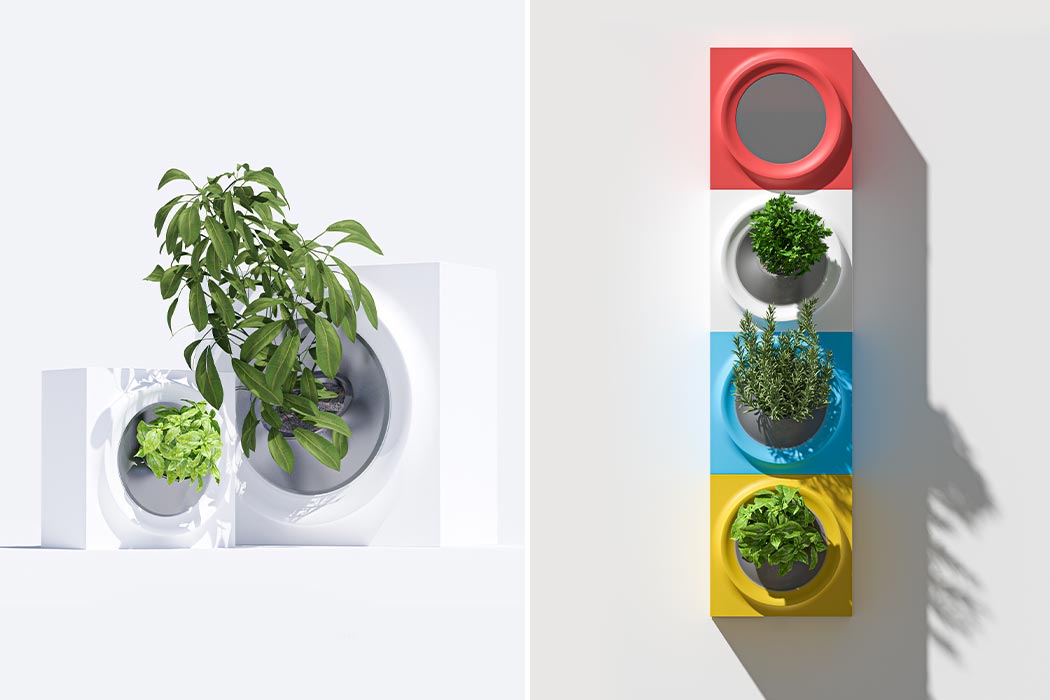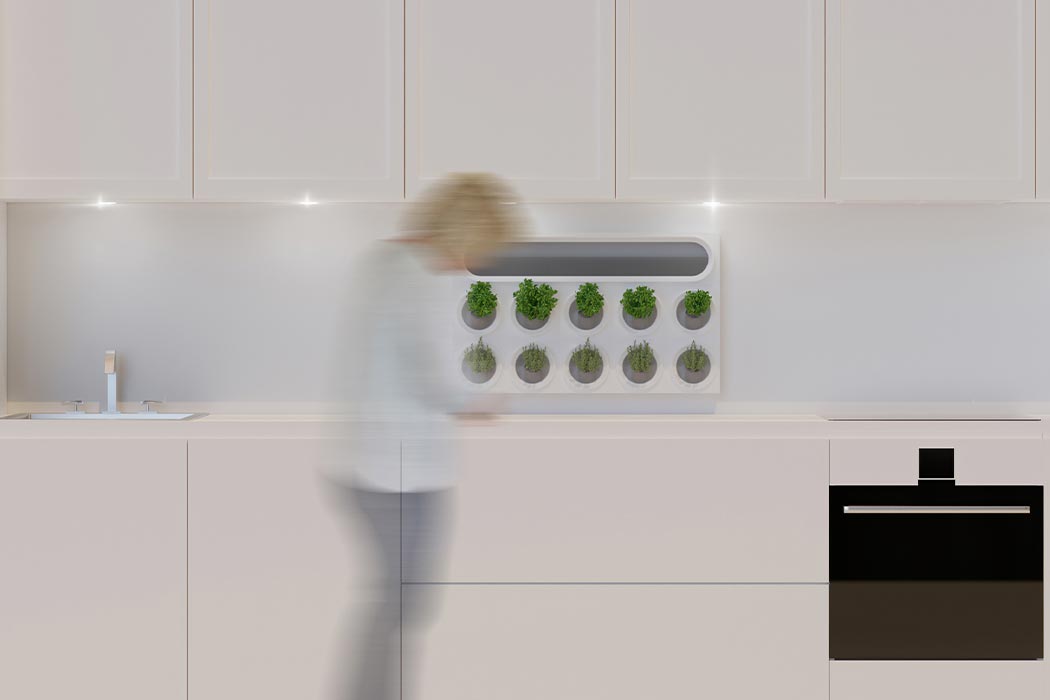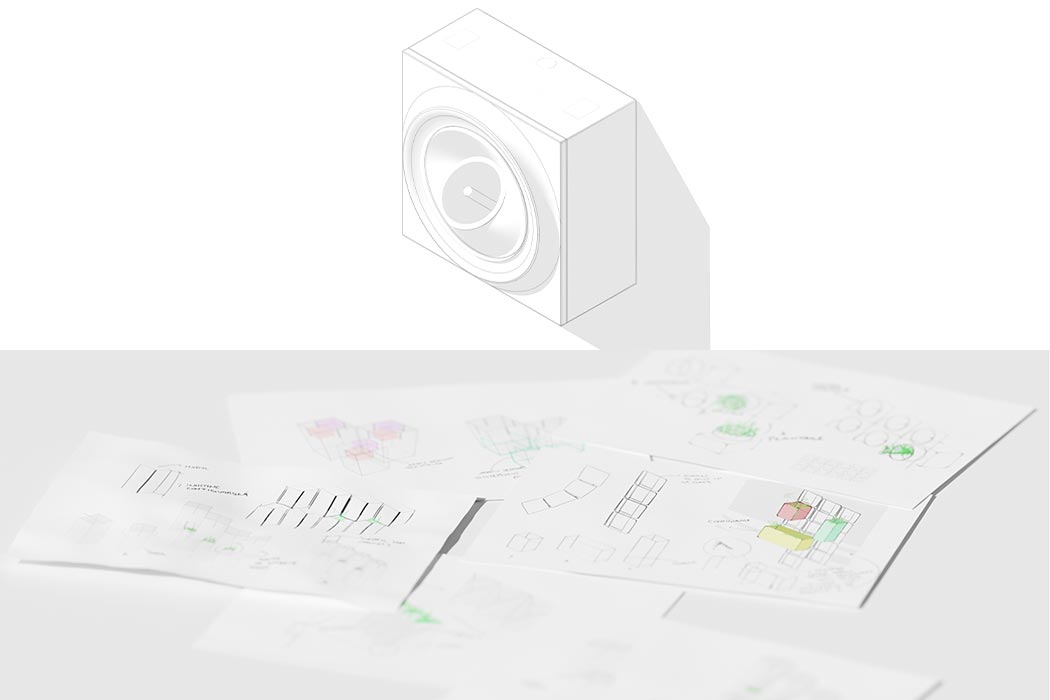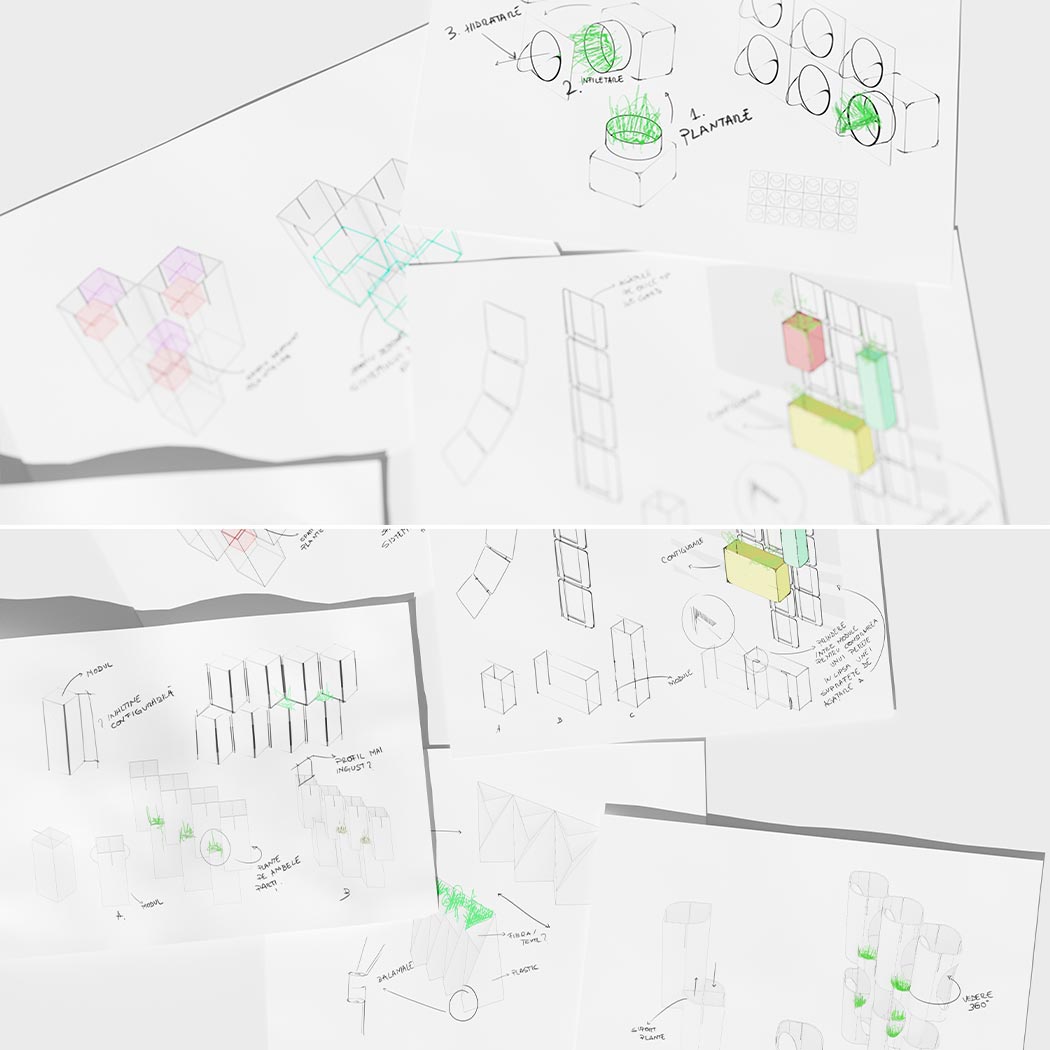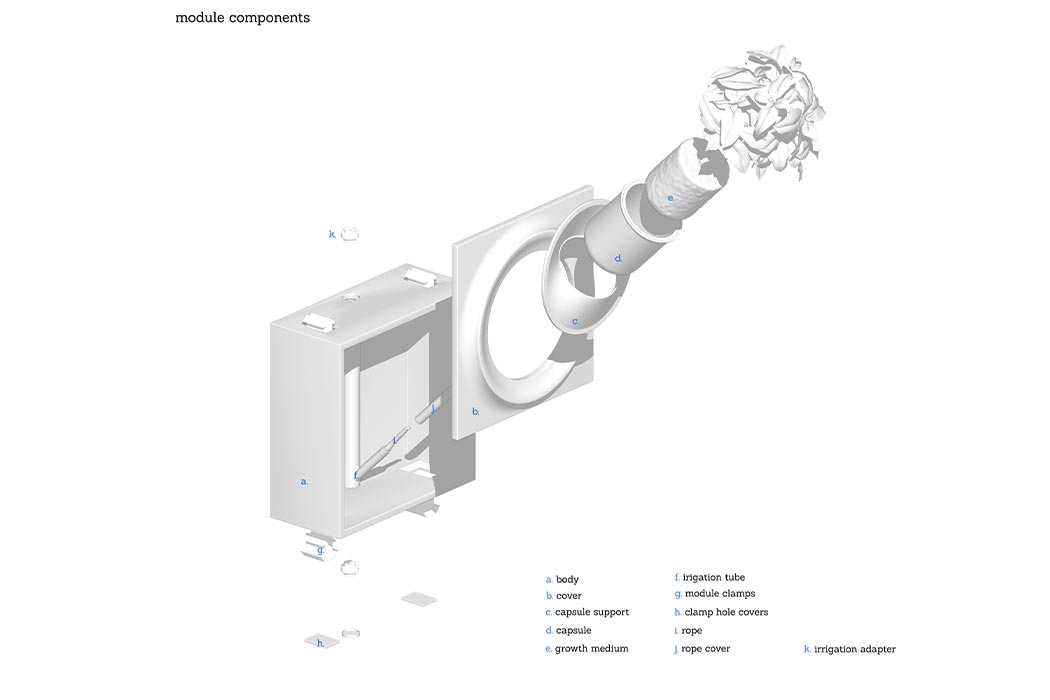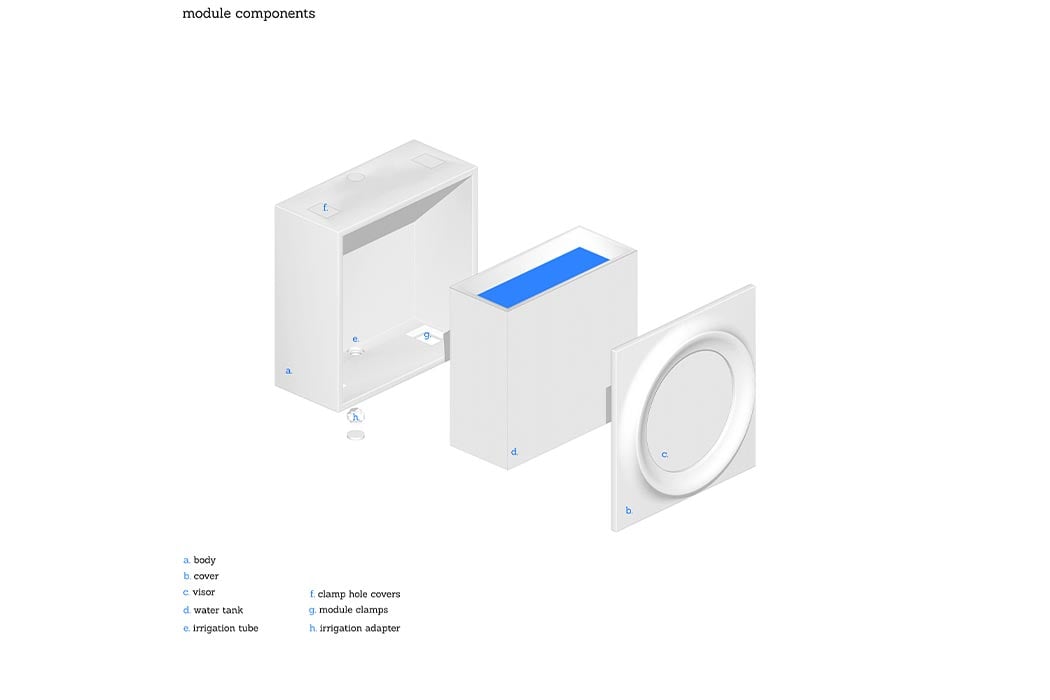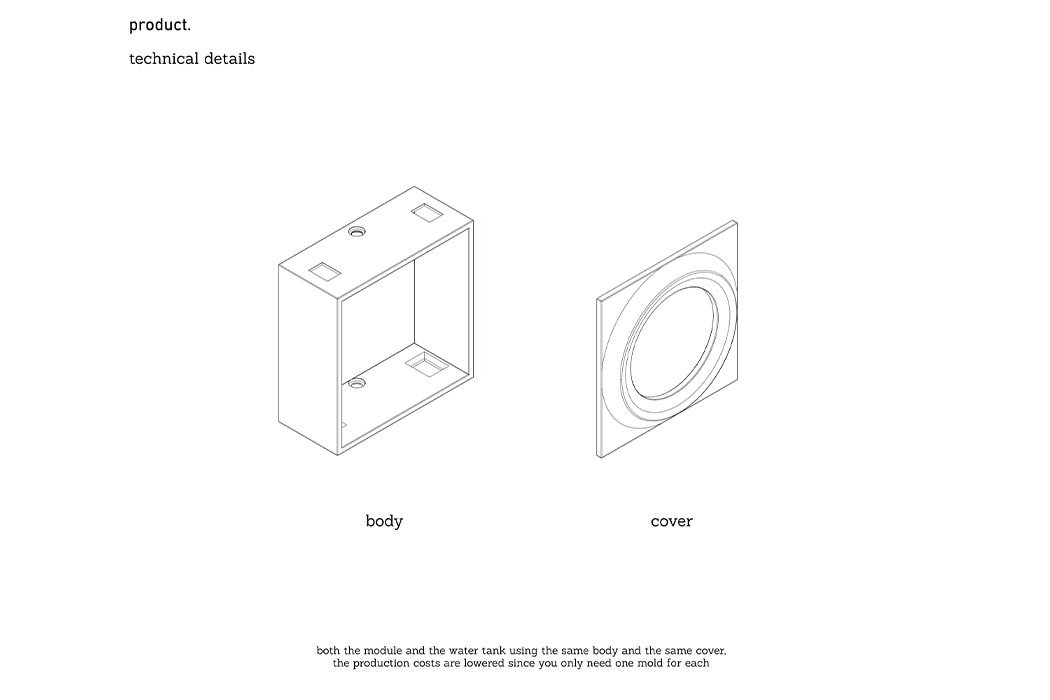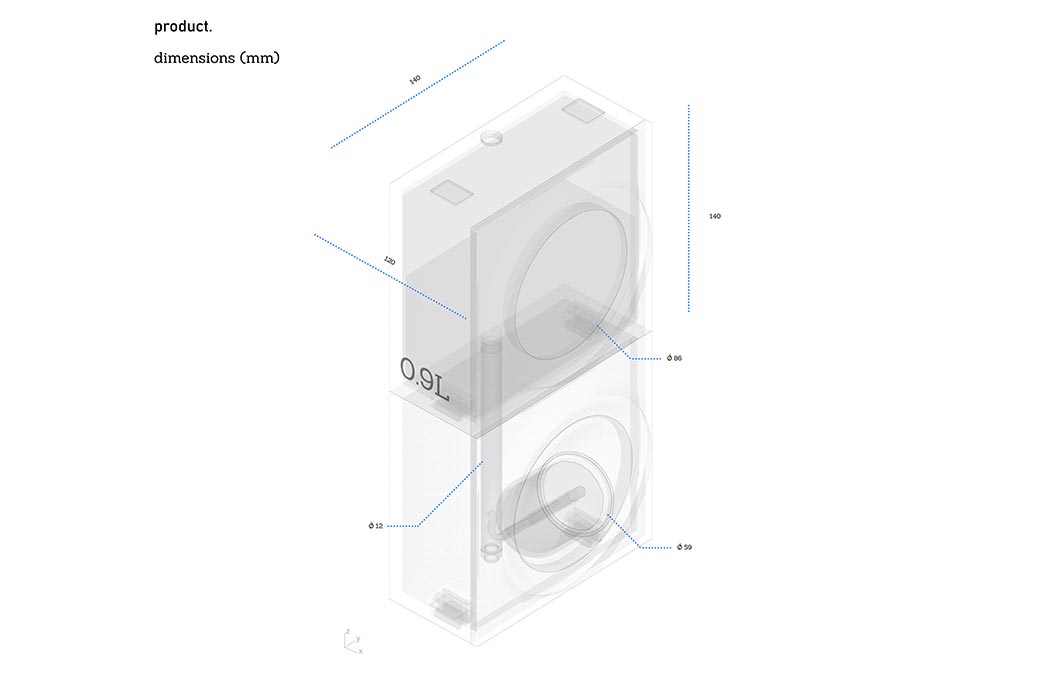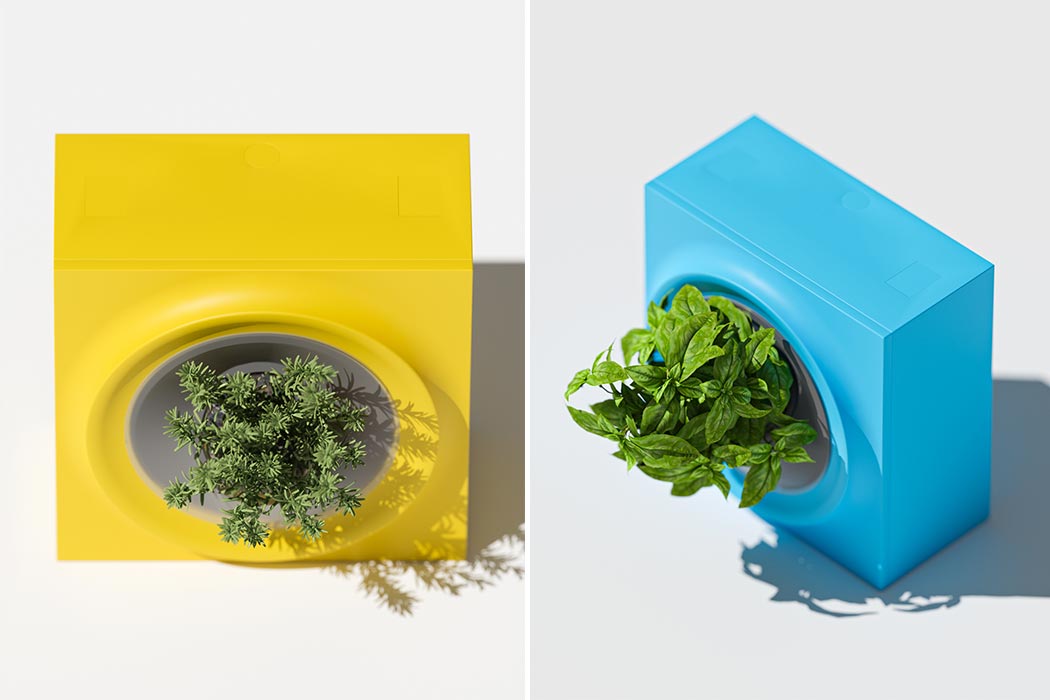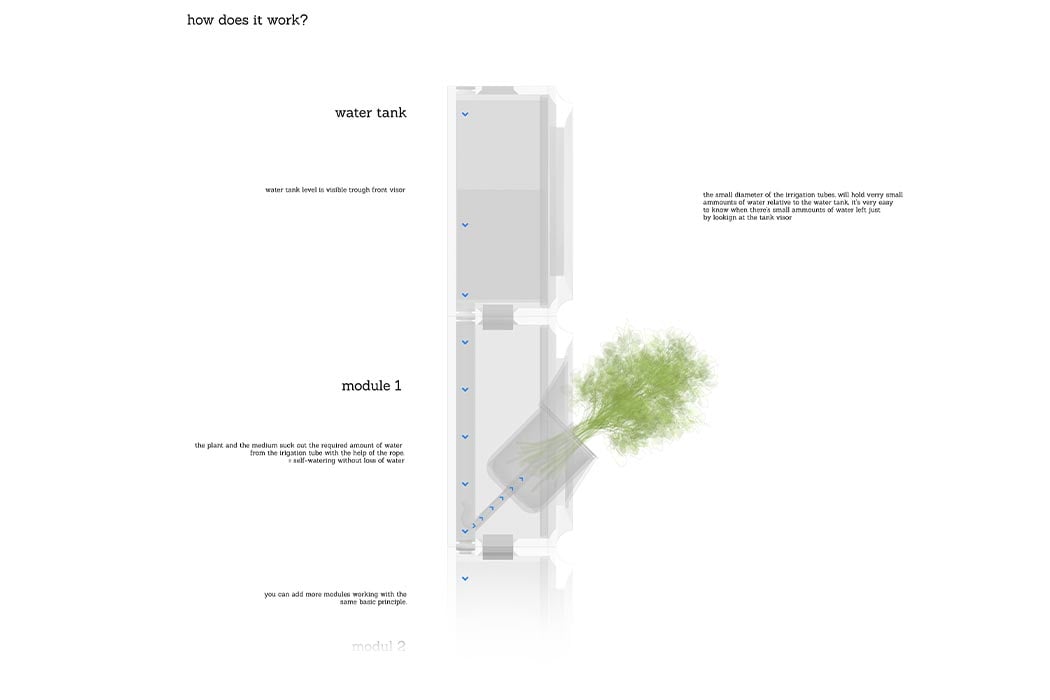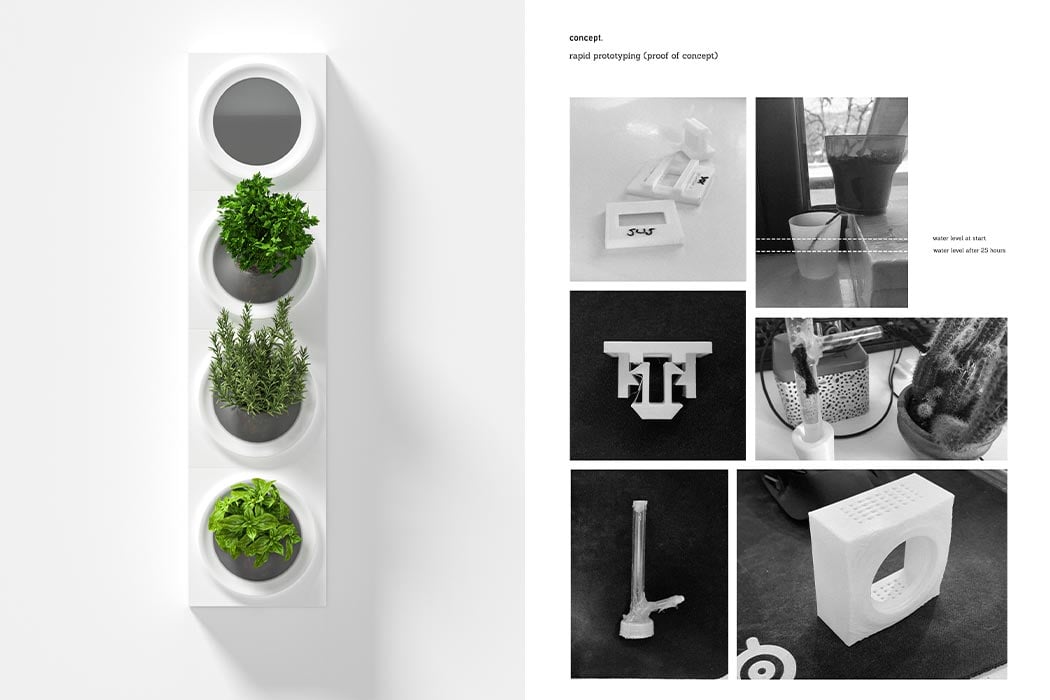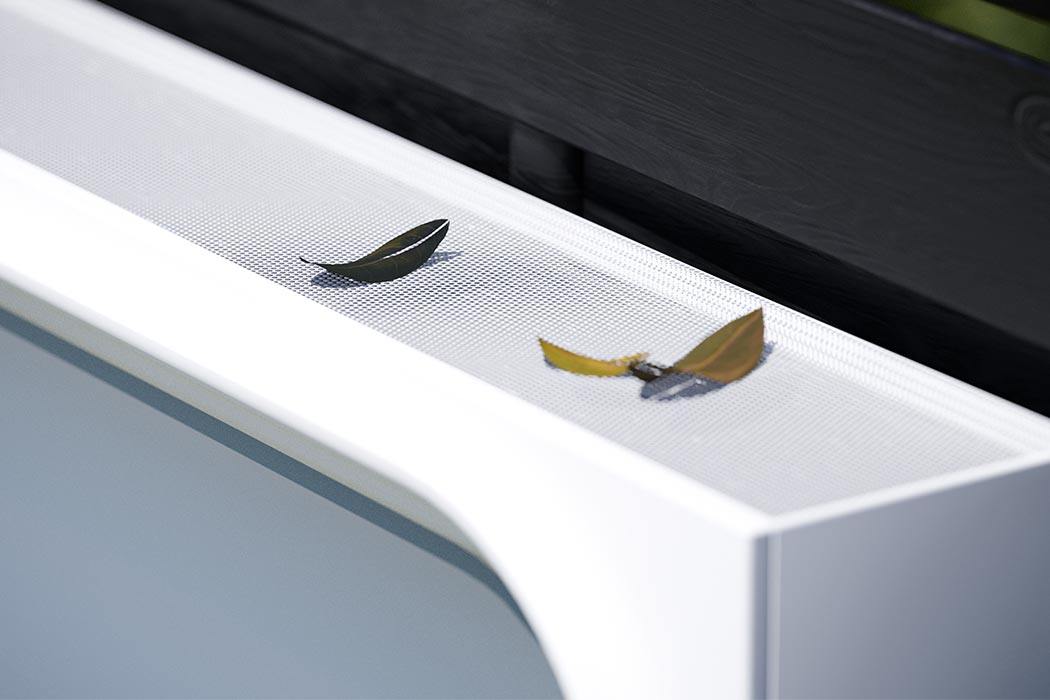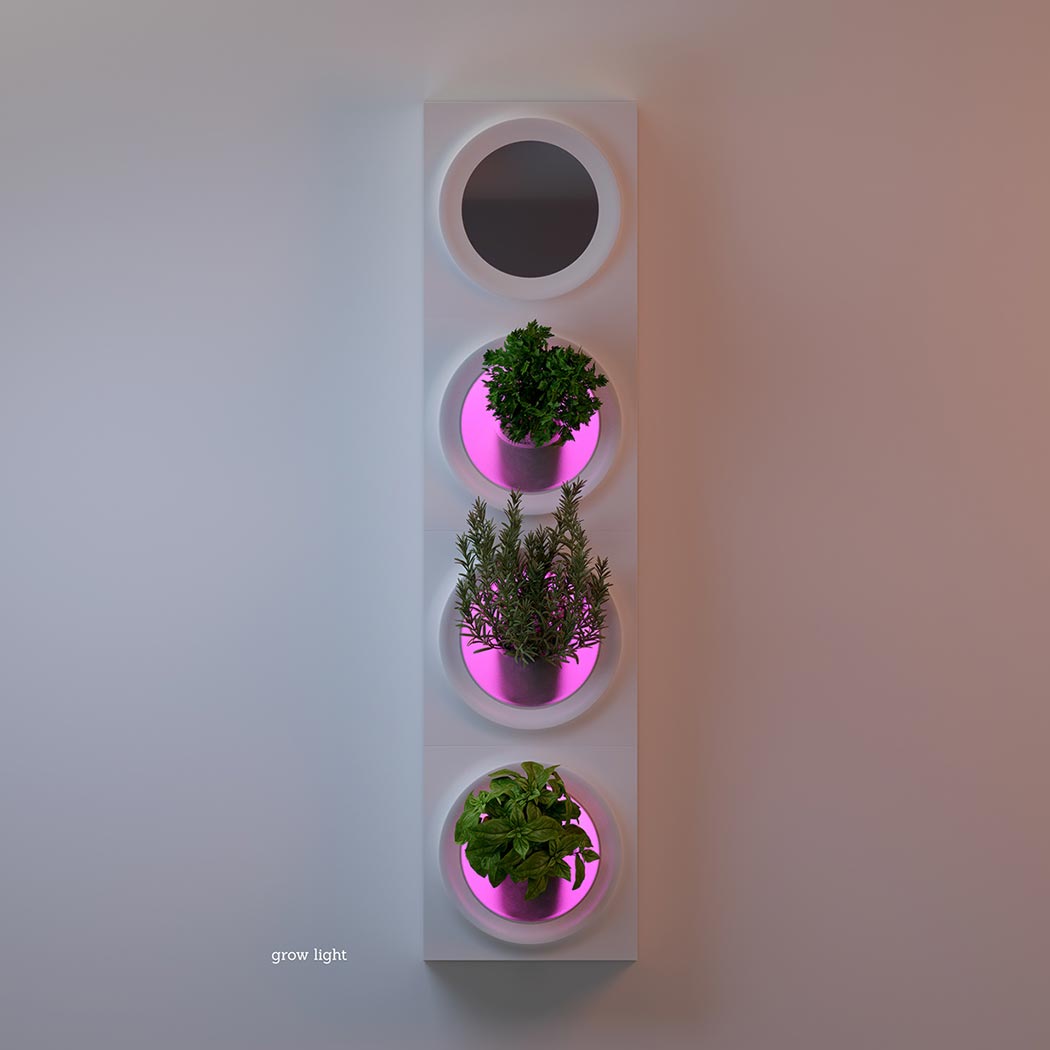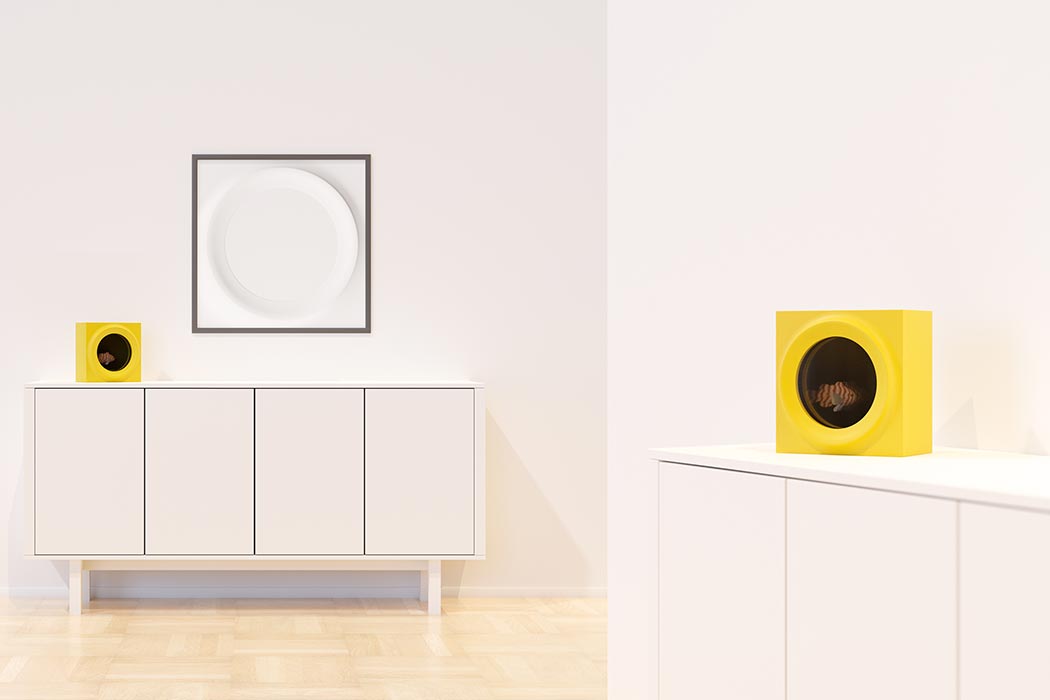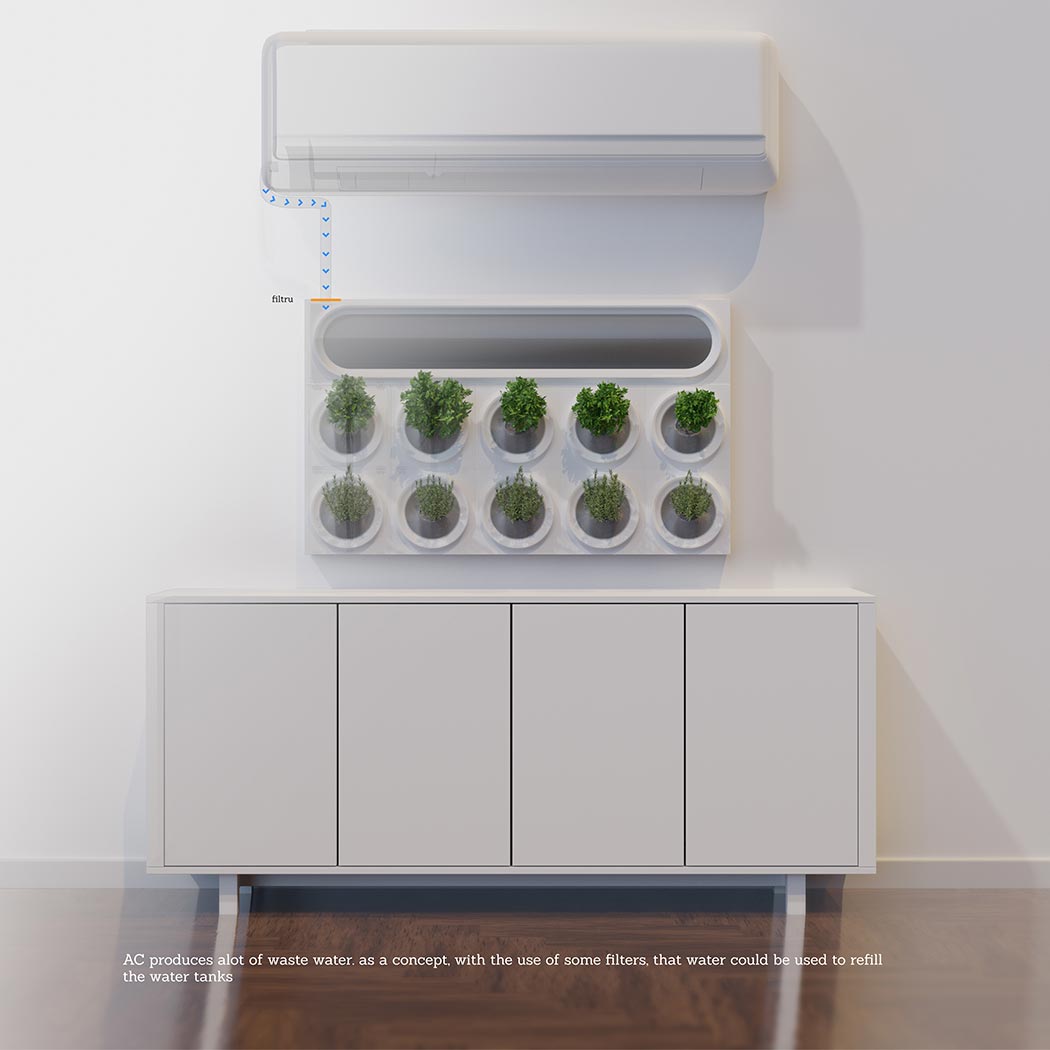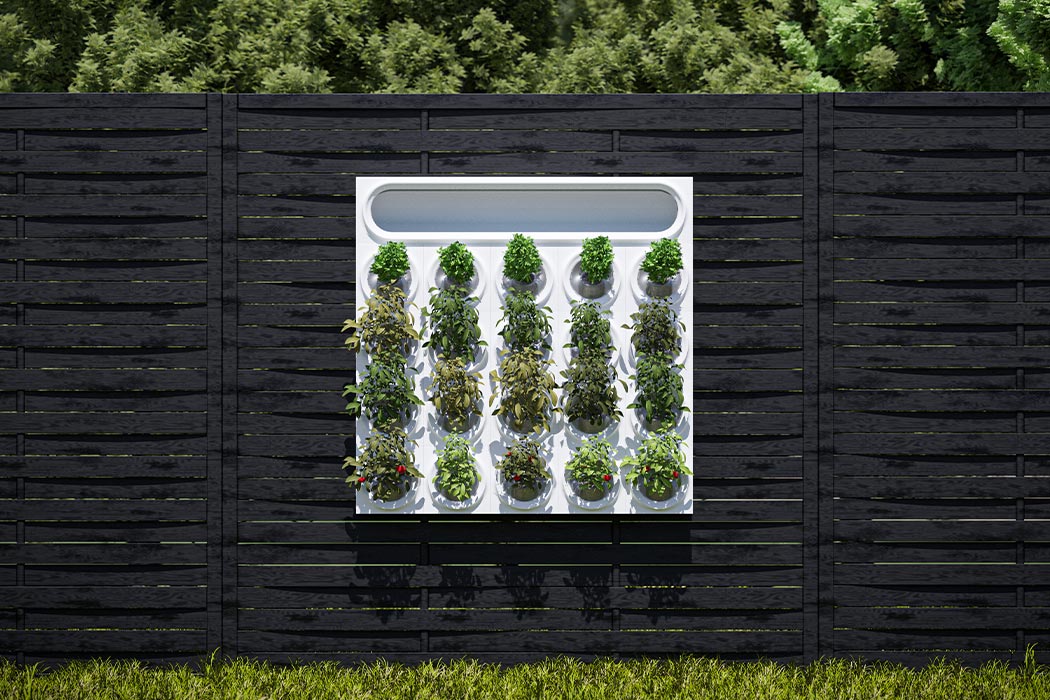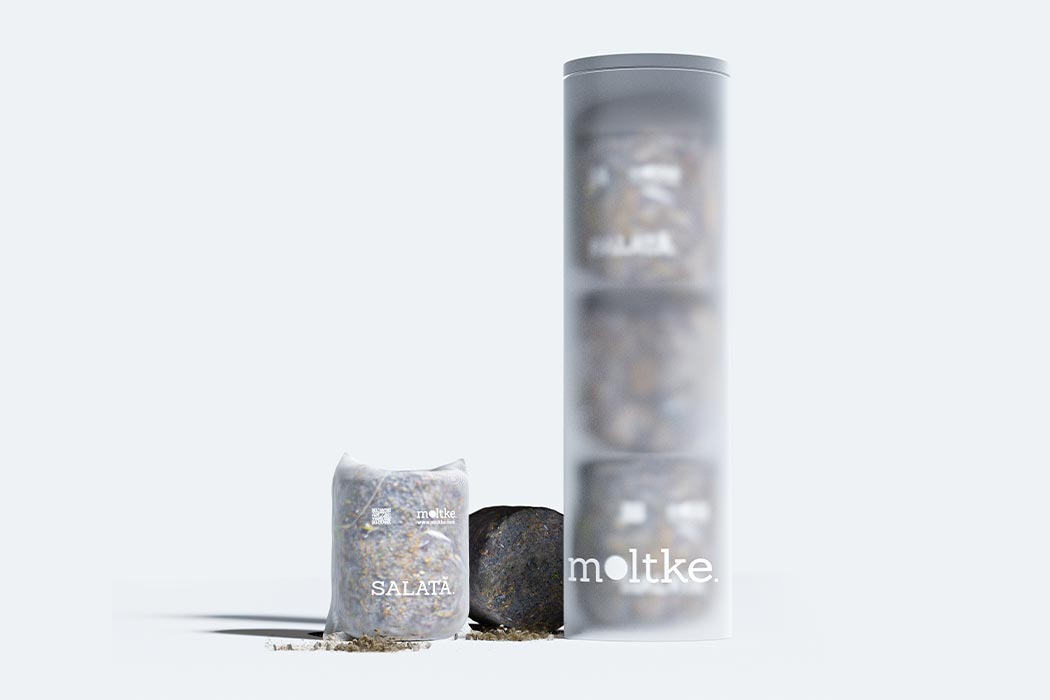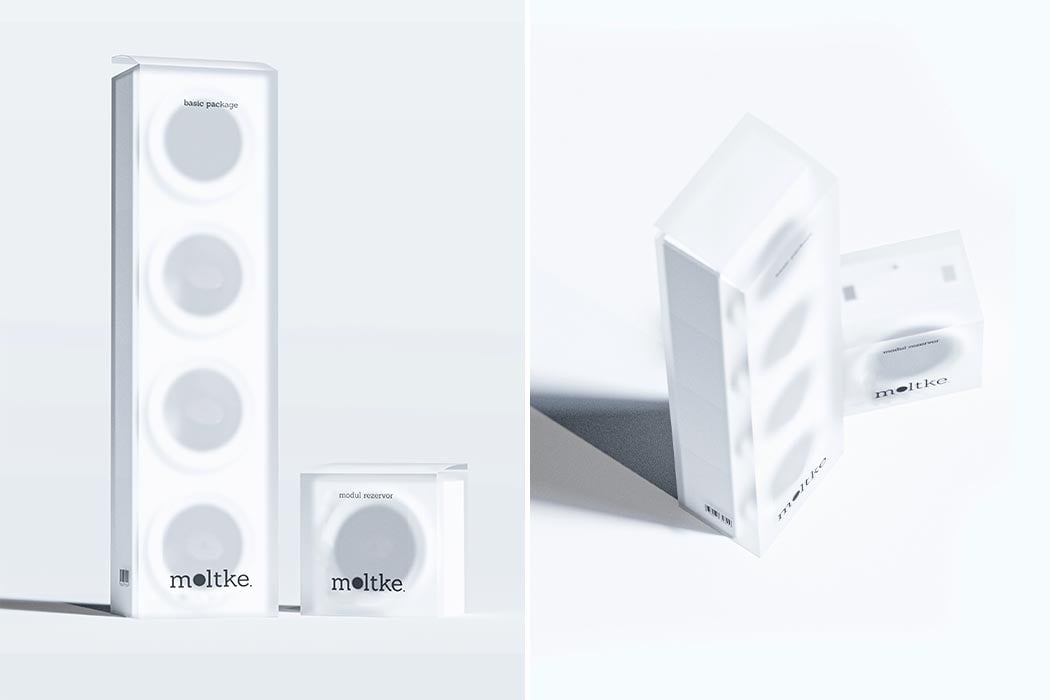I know treehouses were a thing of our childhoods but it doesn’t have to be! Get ready to take a beautiful virtual tour of the O2 Treehouse by Treewalkers that blend the best of our childhood imagination with glamping reality while keeping it all an eco-friendly experience! Treewalkers is one of the leading players in the world of treetop construction – they actually make treehouses that adults cannot reason out of.
The treehouses have unique geodesic domes and can be connected to create entire villages. The houses are modular so it enables franchisees to start their own village setups with one or more units – this can be a sustainable hotel, unusual Airbnb getaway, or simply a camping site that offers a different kind of stay. The innovative modular lattice design is what makes this a flexible accommodation — while catering to the individual’s needs and it also allows them to customize details. The units come with a standard a bug-proof outer socket, interior furniture, and canvas canopy roofing. As part of the franchise program, hosts have the option to open up their Treewalker to other hosts in exchange for points that can be used towards other stays – sustainable community tourism! There are many intriguing shapes but the most iconic one has to be the A-shaped floating tent because that is something we have all tried to create with a blanket in our living rooms. The interiors are warm + woody and have a plush bed with a seating area. As you can imagine there will be plenty of natural light and ventilation. While there is no clear indication of the bathroom being in-unit, I assume that will be a separate pod in itself or have other arrangements like porta-potty if its a campsite.
The California-based design studio has extended its realm with a franchise-hospitality brand to make it possible for anyone to own one of the O2 Treehouses. “Treewalkers is a franchise-based treehouse hospitality brand that lends homeowners a way to launch into the home-sharing market with low risk and a high ROI, and lends travelers an easily accessible network of eco experiences,” says founder Dustin Feider. Finally, O2 Treehouse estimates a 1-3 year return on investment based on a rate of $150 per night, occupied for 30-60% of the year and they have broken down the math for you on their website should you decide to go that route. The ultimate mission of the brand is to design architectural structures that heal the bond between humans and nature so they can coexist peacefully!
Designer: Treewalkers
